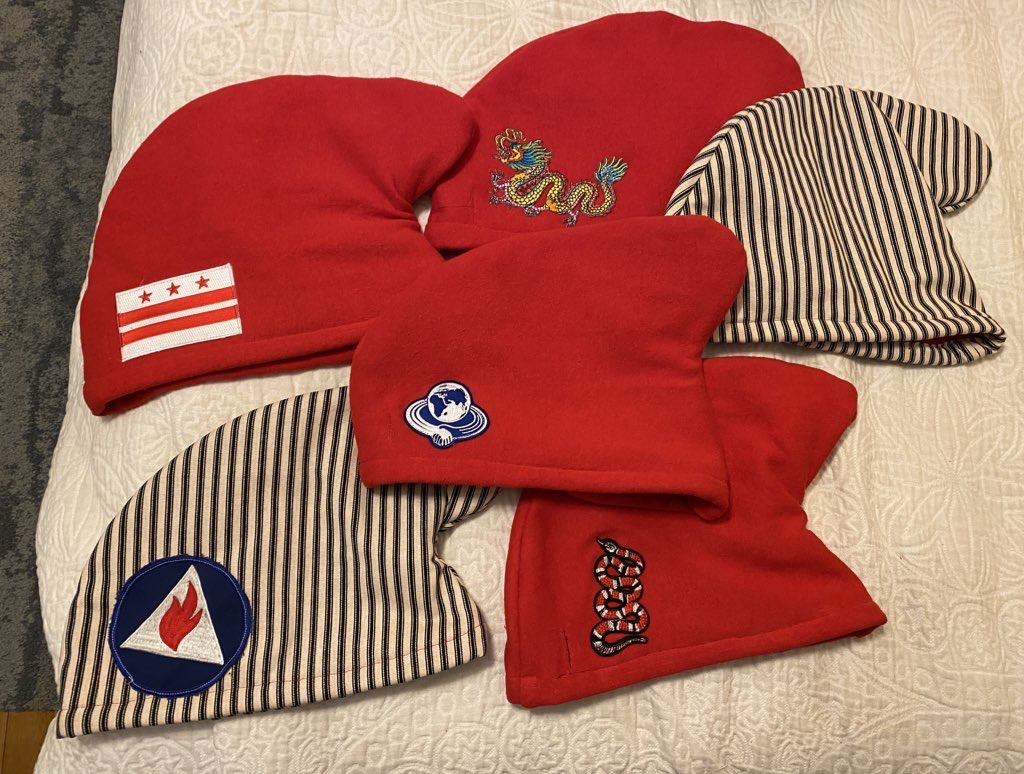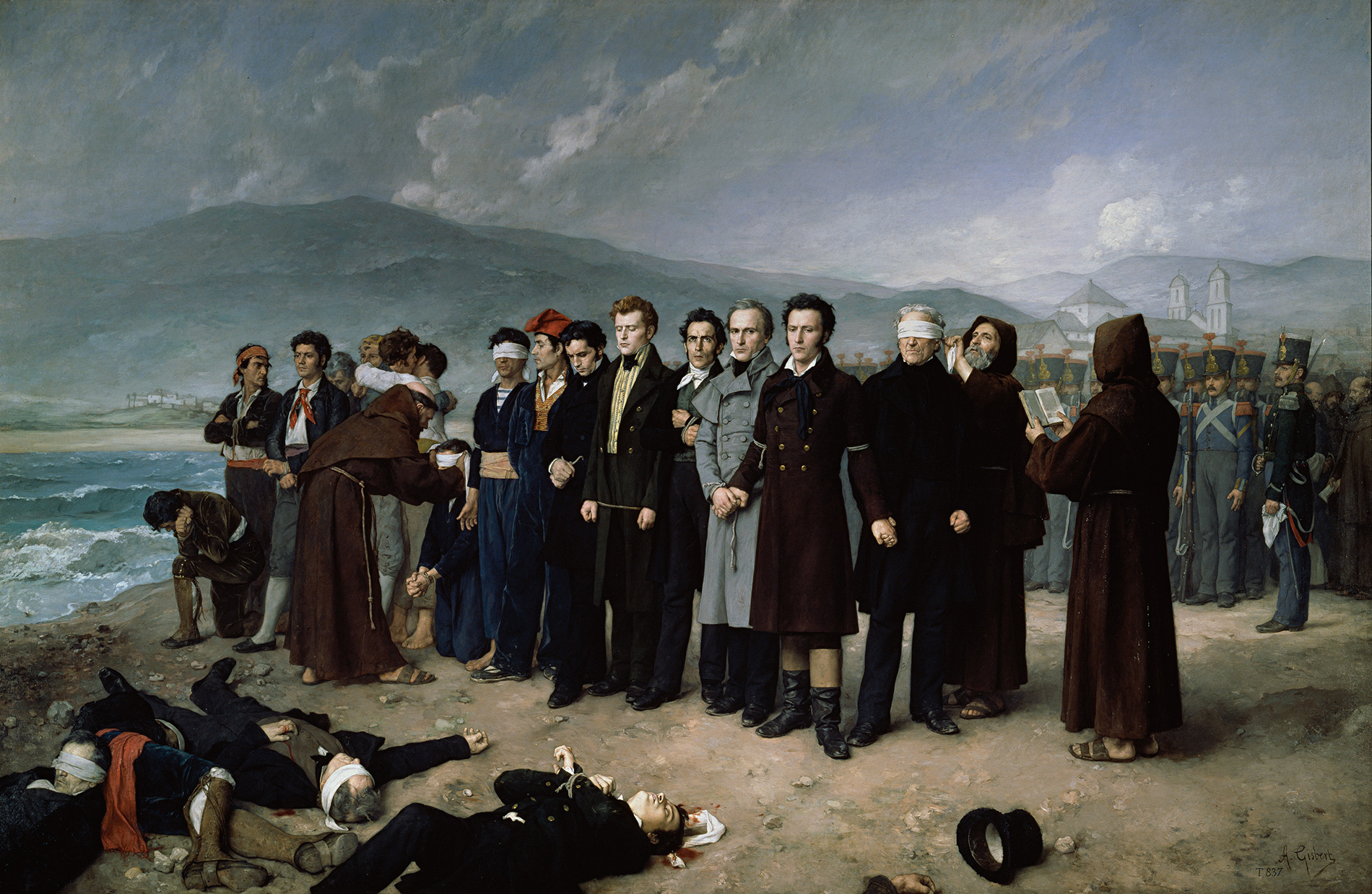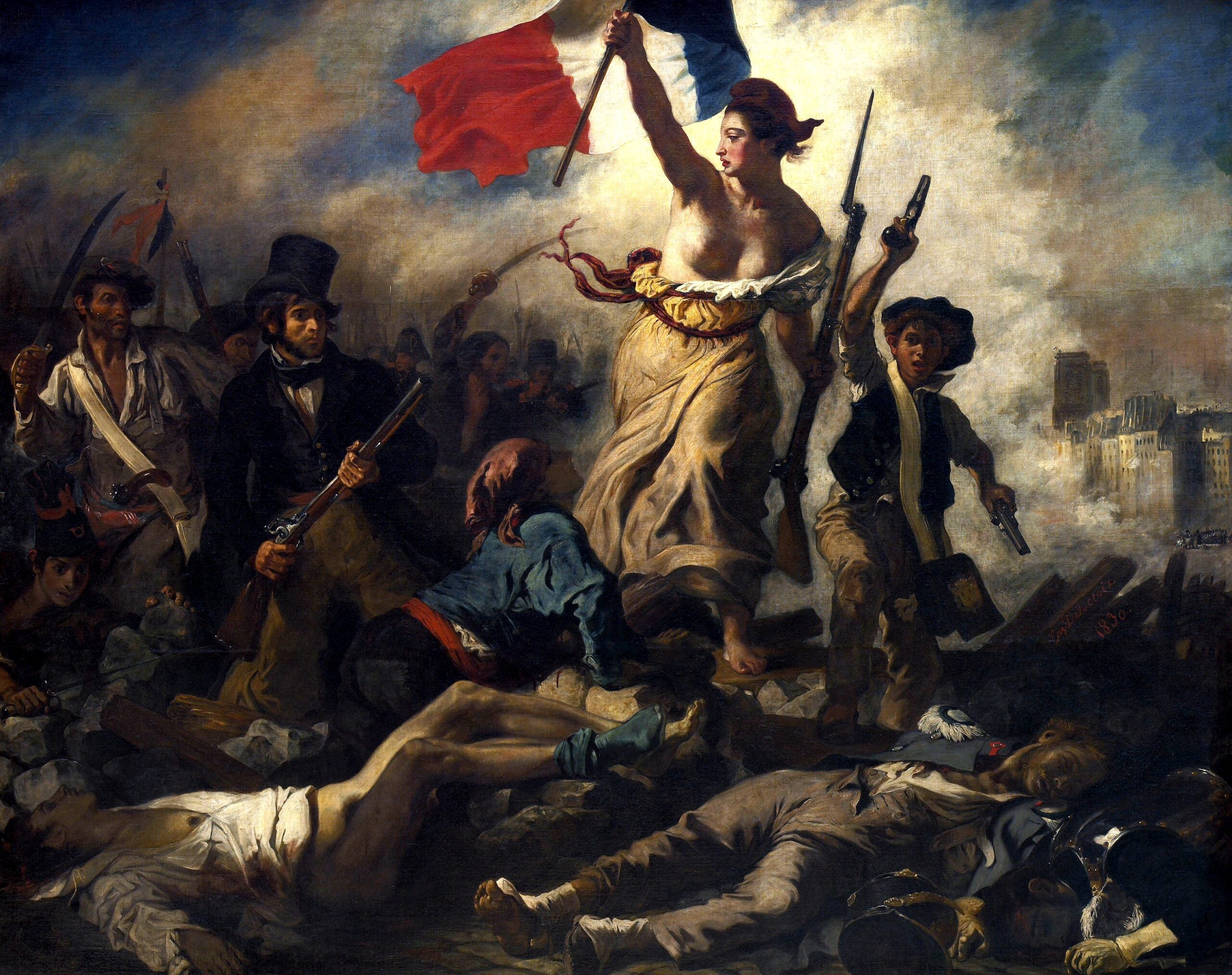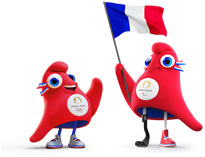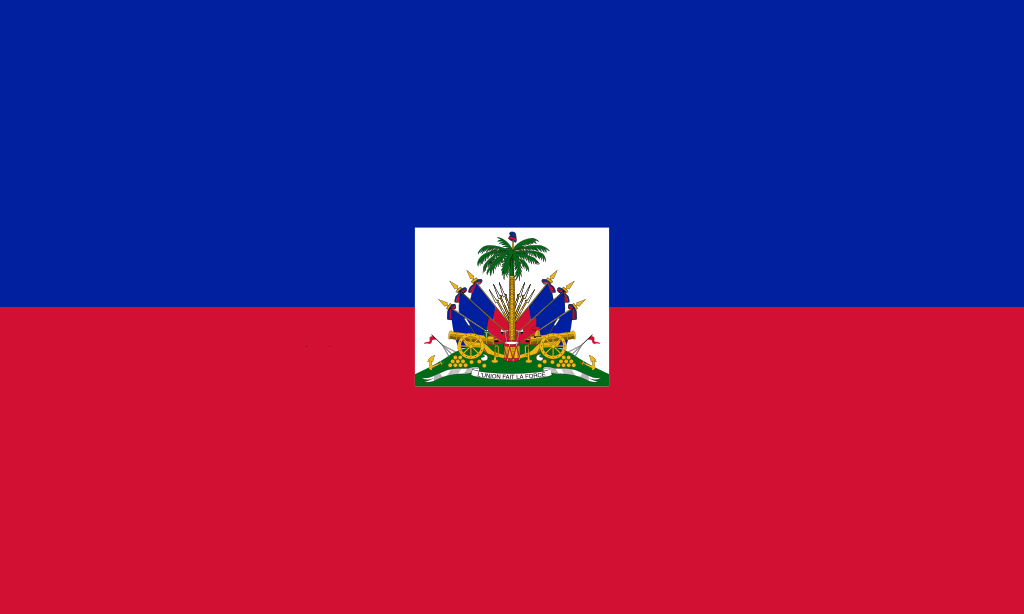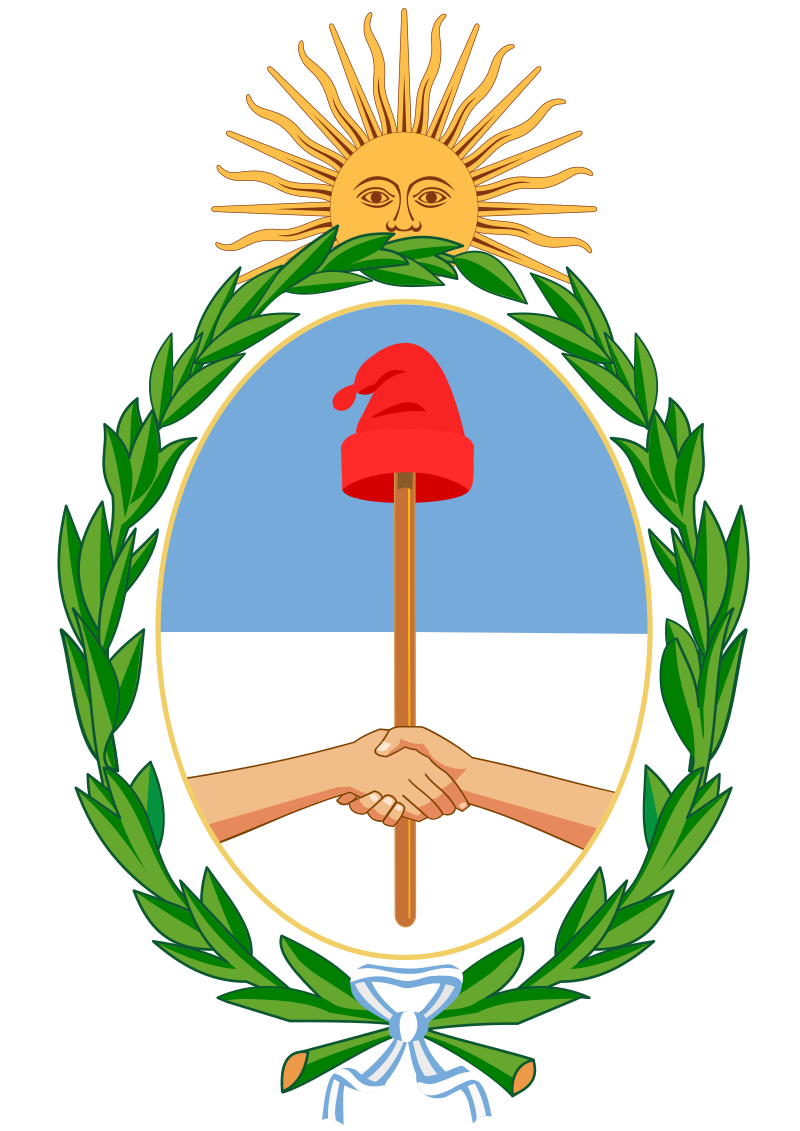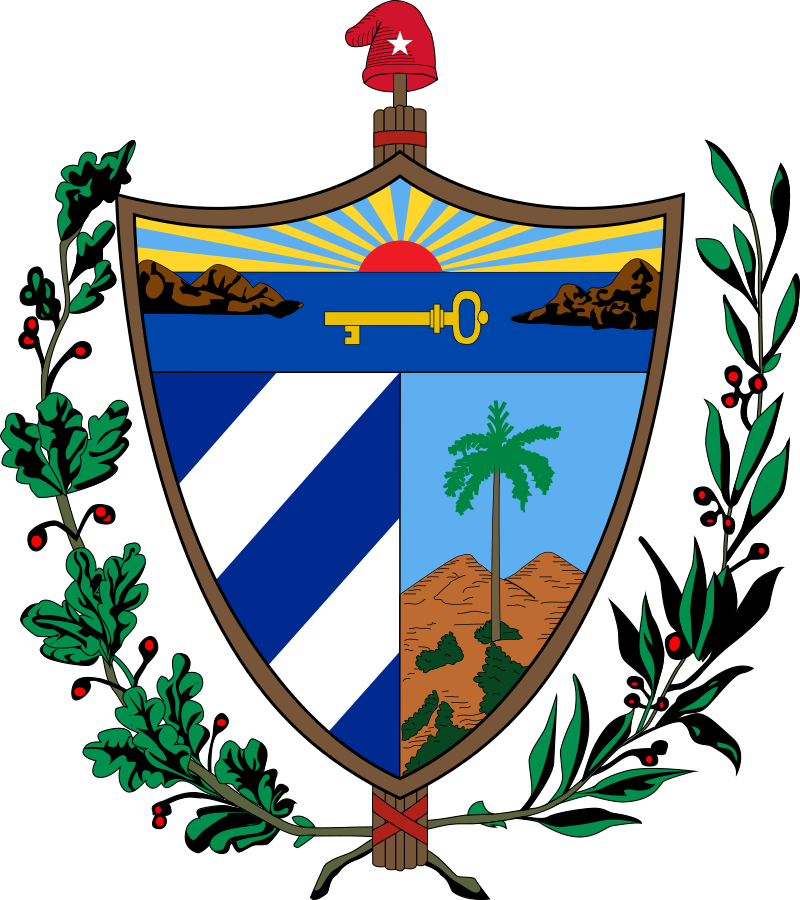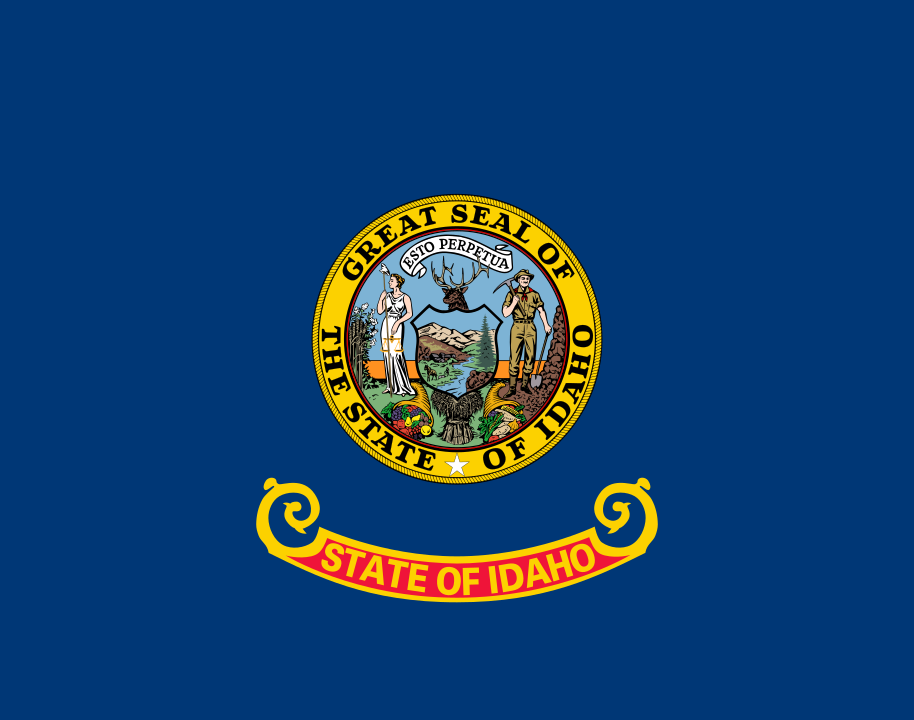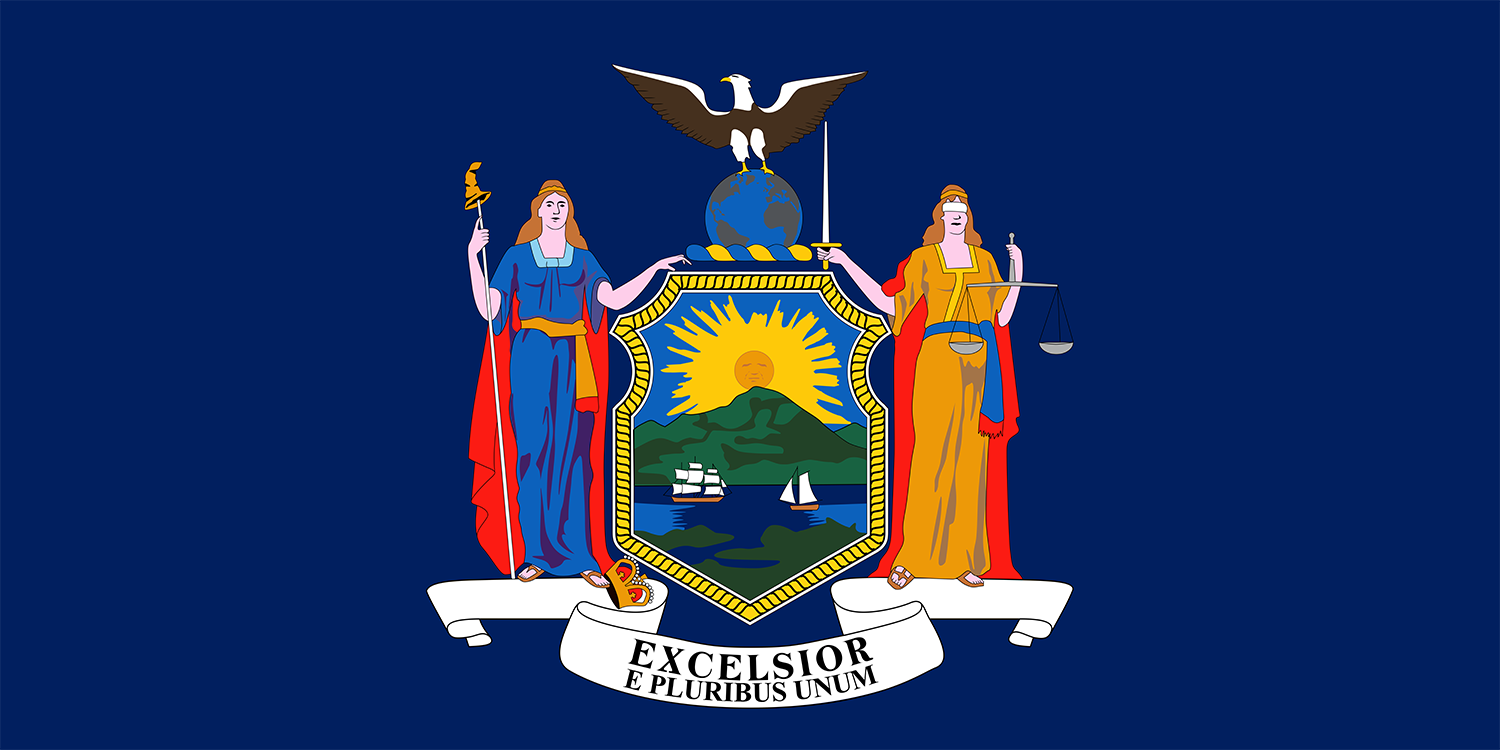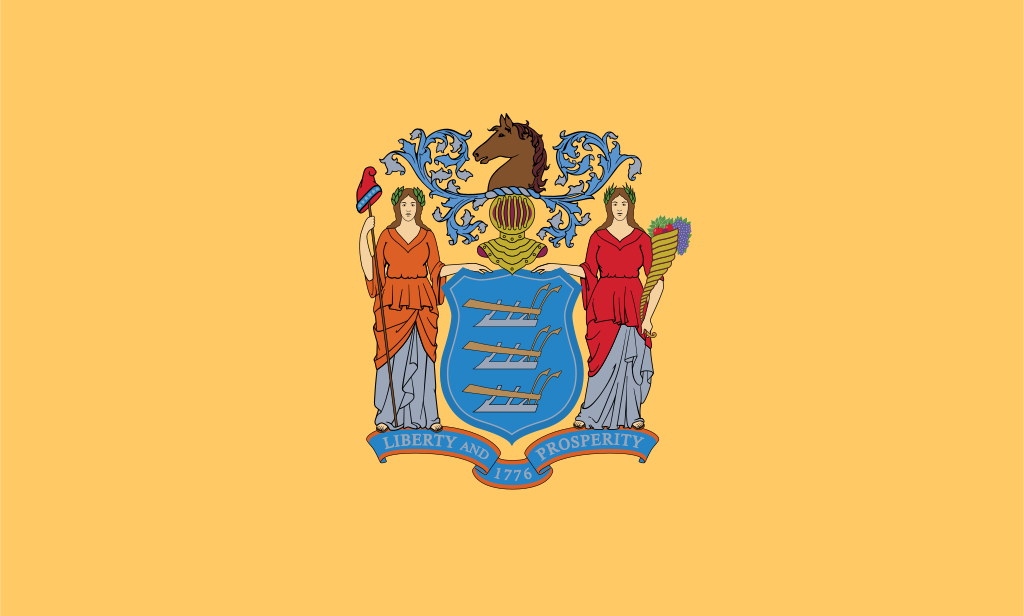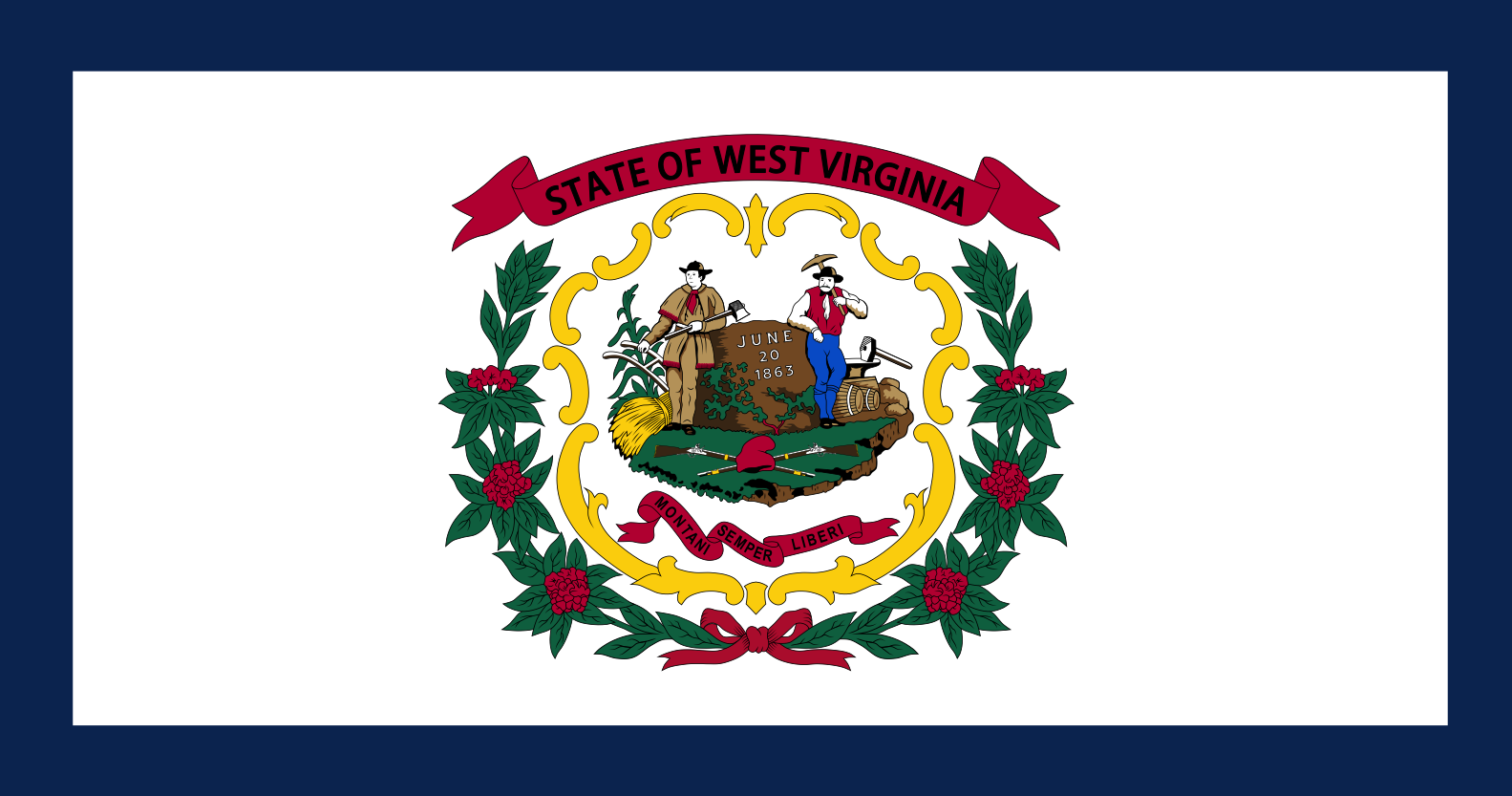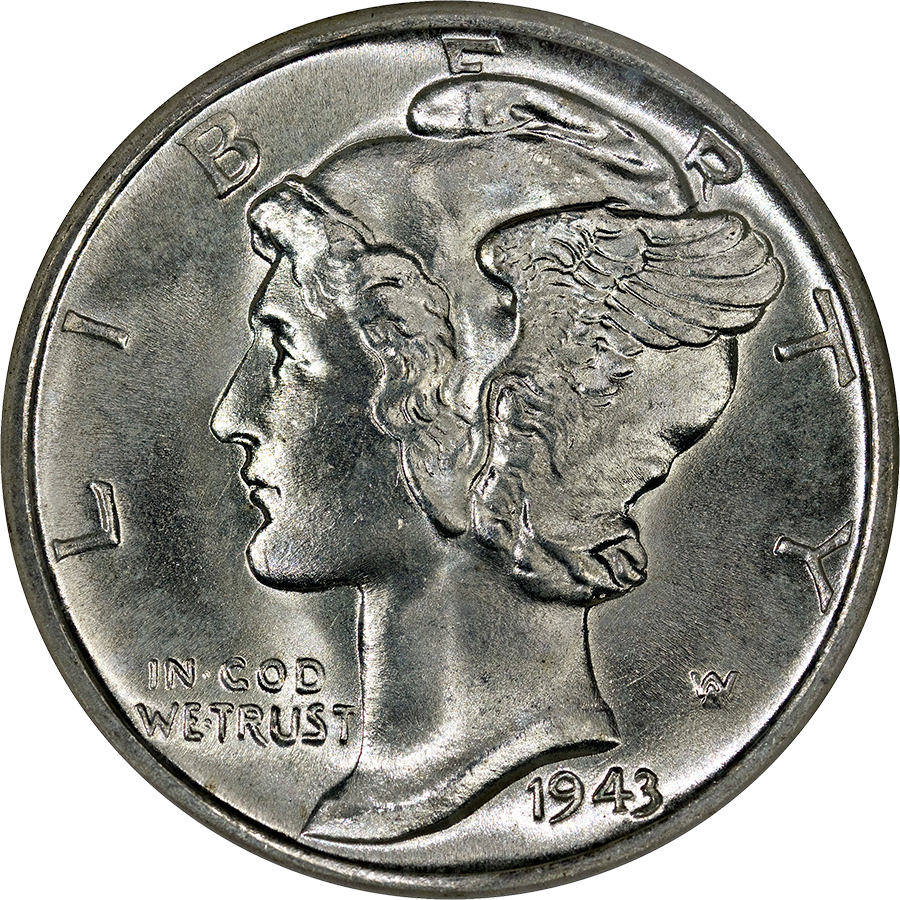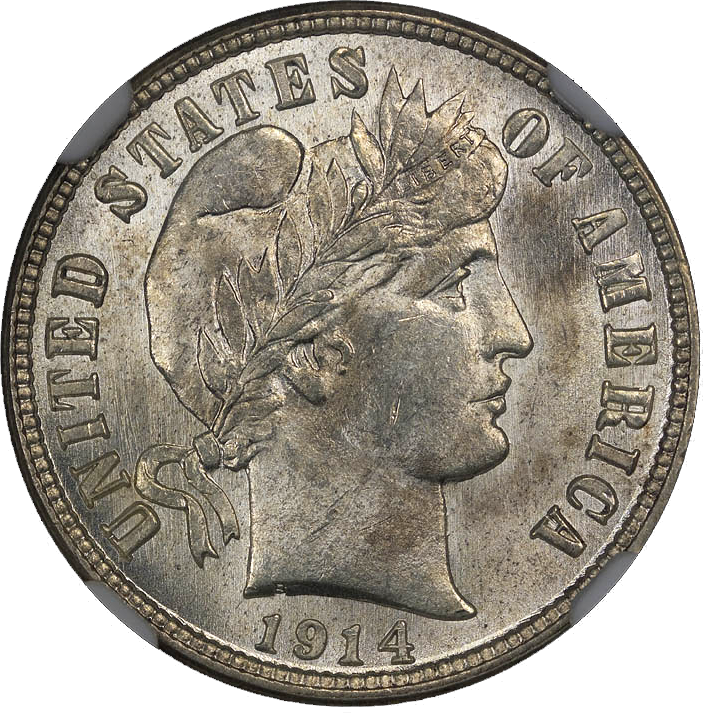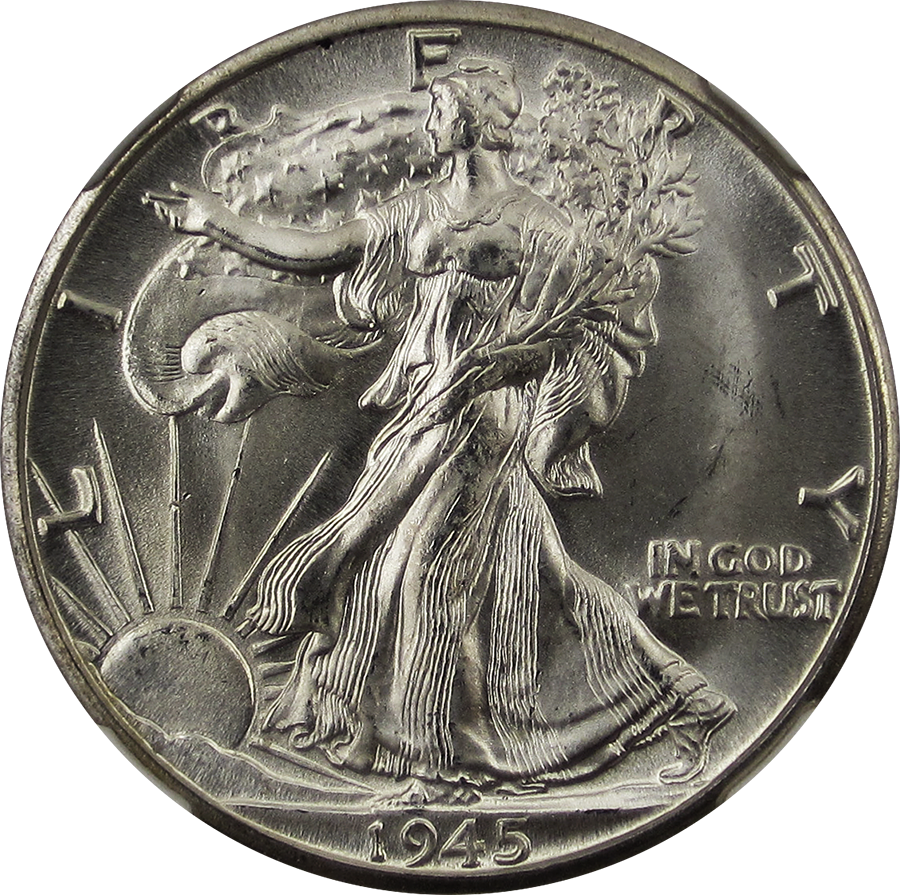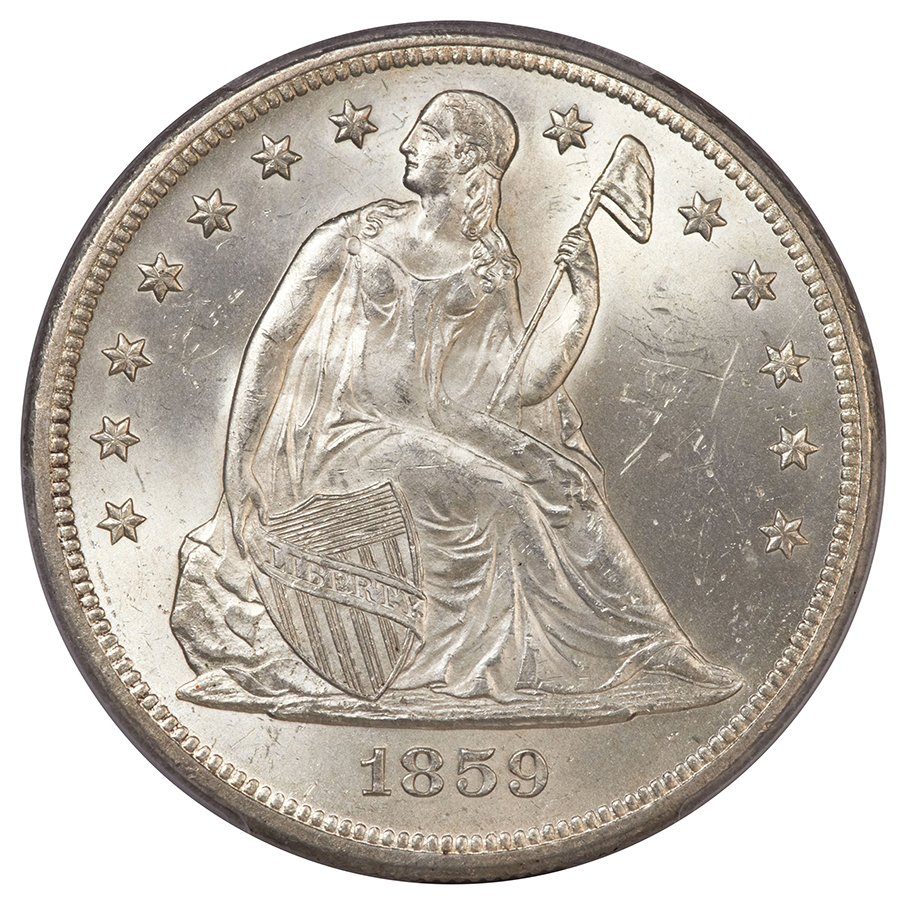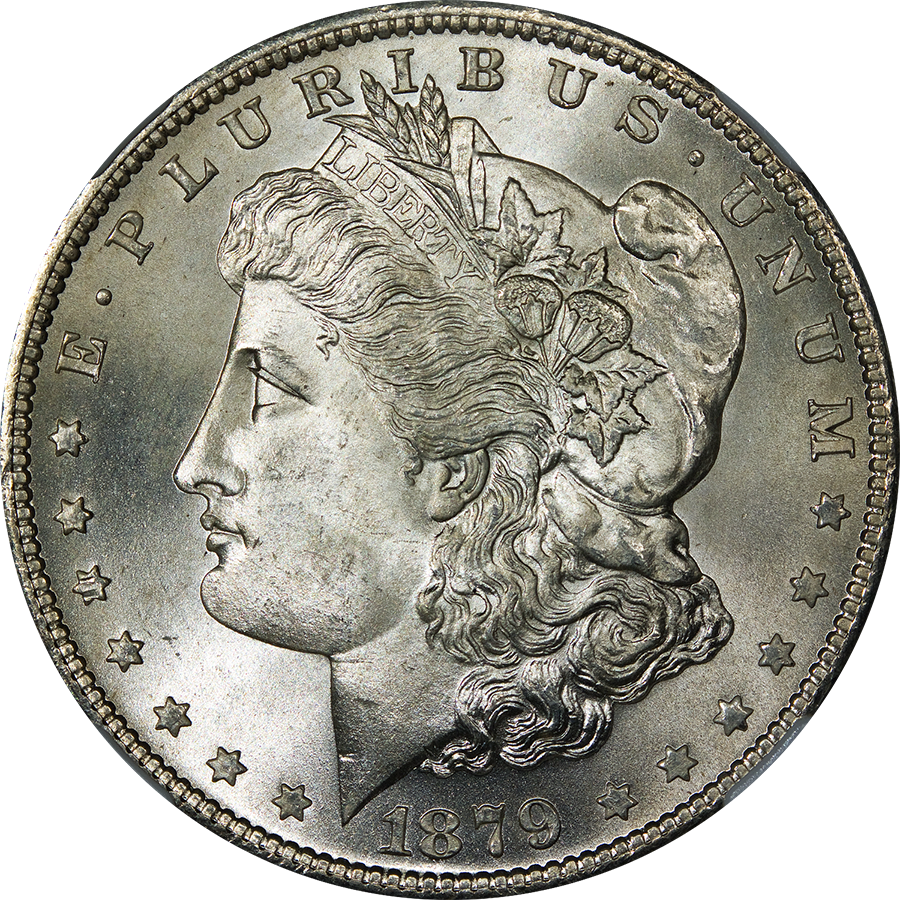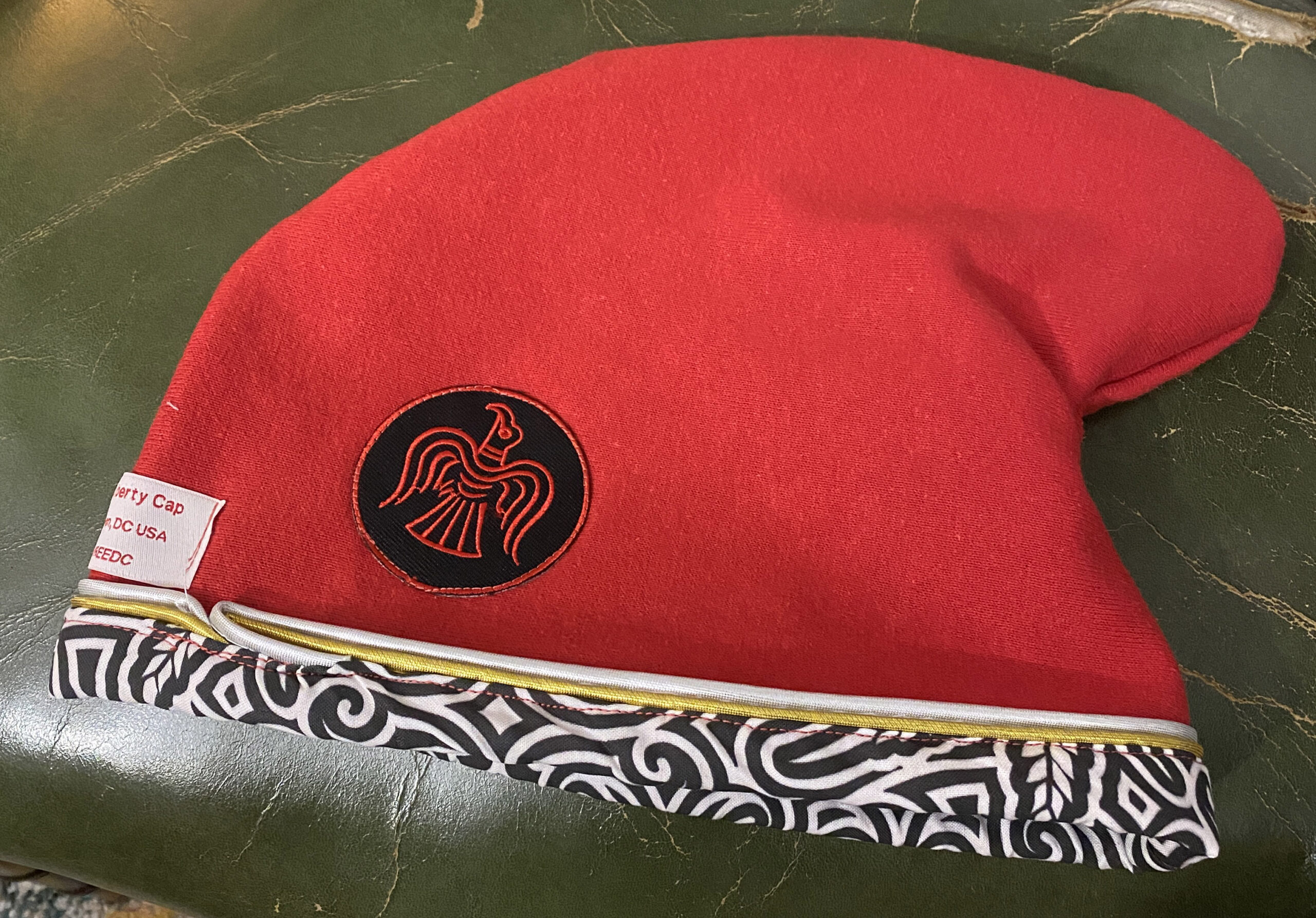Receive a free Phrygian Cap in Paris?
Send a PayPal donation to Adam@Mintwood.com
The Phrygian Cap
One of the World’s Oldest Symbols of Truth, Justice, and Liberty
Besides being fun, fashionable, and intercultural for over 5,000 years, the Phrygian cap is mystical iconography associated with psychedelic plant sacrament in “Soma.” The mushroom shaped cap is widely found in classical art and was a prominent symbol in the French and American Revolutions. In ancient Roman times the cap was a popular symbol of a secret cult centered around the god Mithras who stood for justice and freedom for all and Soma was consumed. Traditionally red, the Phrygian cap is an important, but mostly forgotten symbol of truth, justice and freedom from slavery.
Together we are bringing it back!
11/29/24 – VATICAN UPDATE
Arundhati Eidinger recently visited the Vatican and found plentiful representations of the Phrygian Cap, including caps worn by Mithras and Attis.
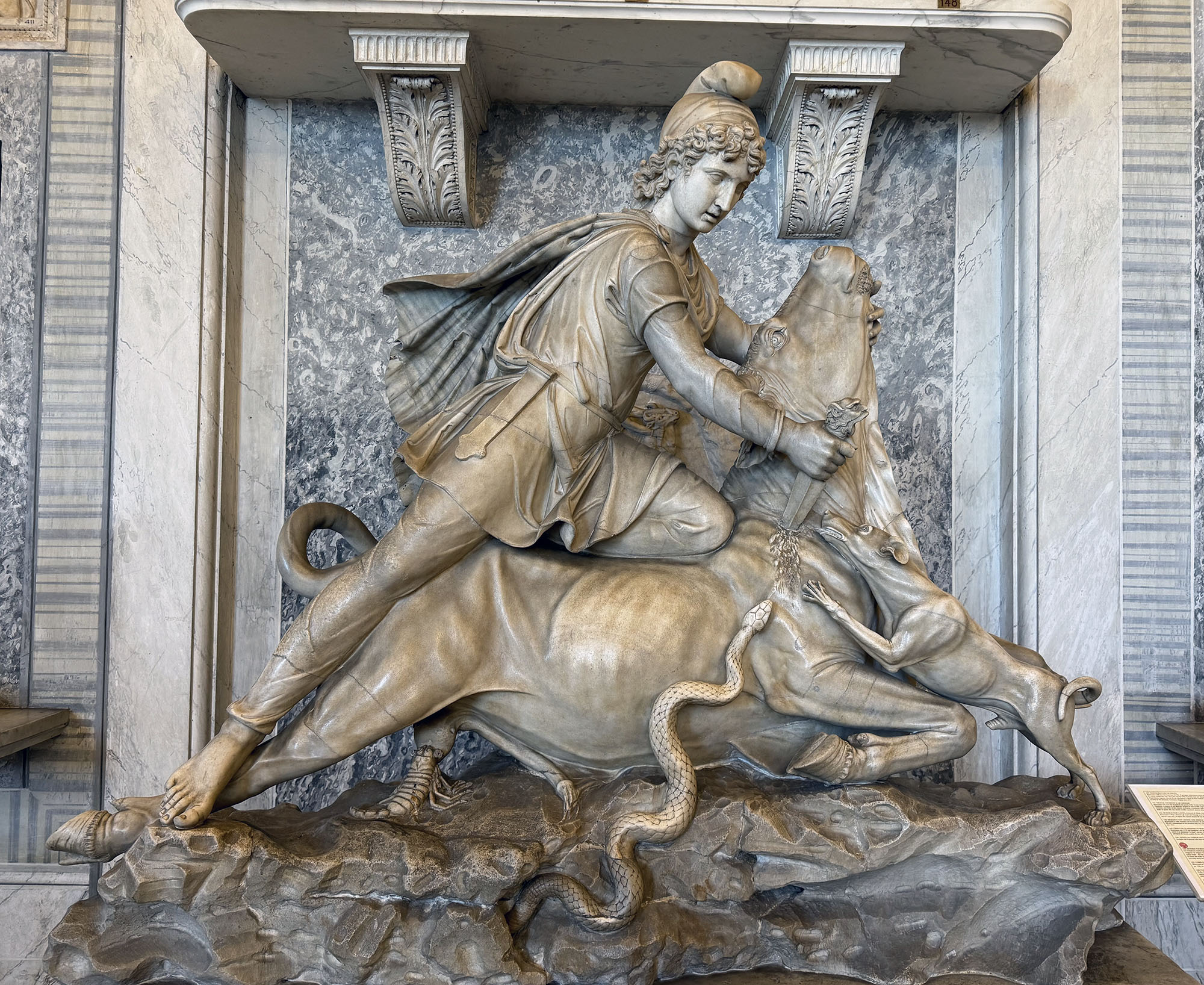
Found in 1785 by Thomas Jenkins in a Mithraeum a few kilometers from Porta Portese. The statue represented Cautes, a minor divinity of the Mithraic cult. The oriental robes erroneously led the 18th century restorer to identify the sculpture with the Trojan prince, Paris, and, consequently add the head and apple in the right hand.
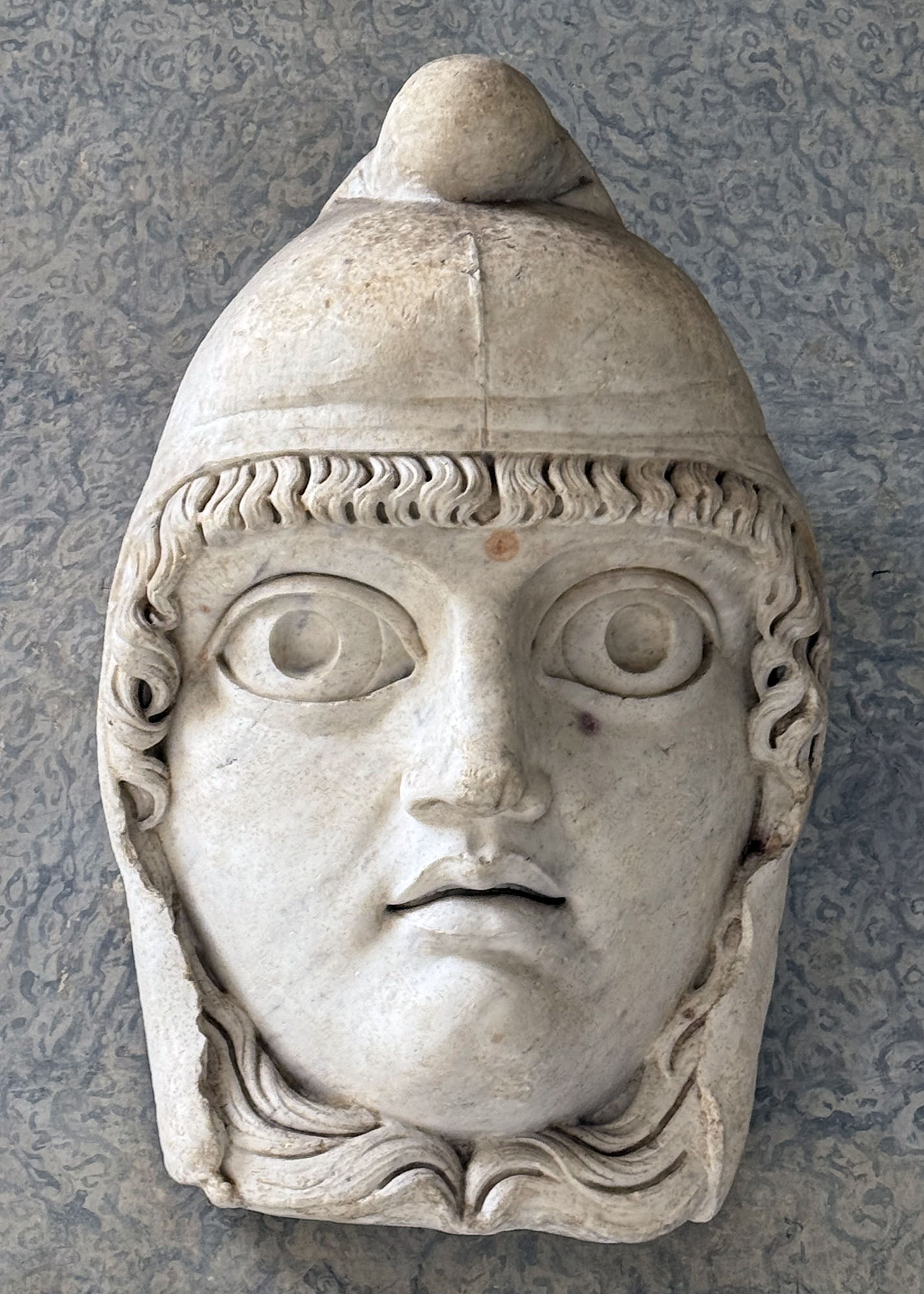
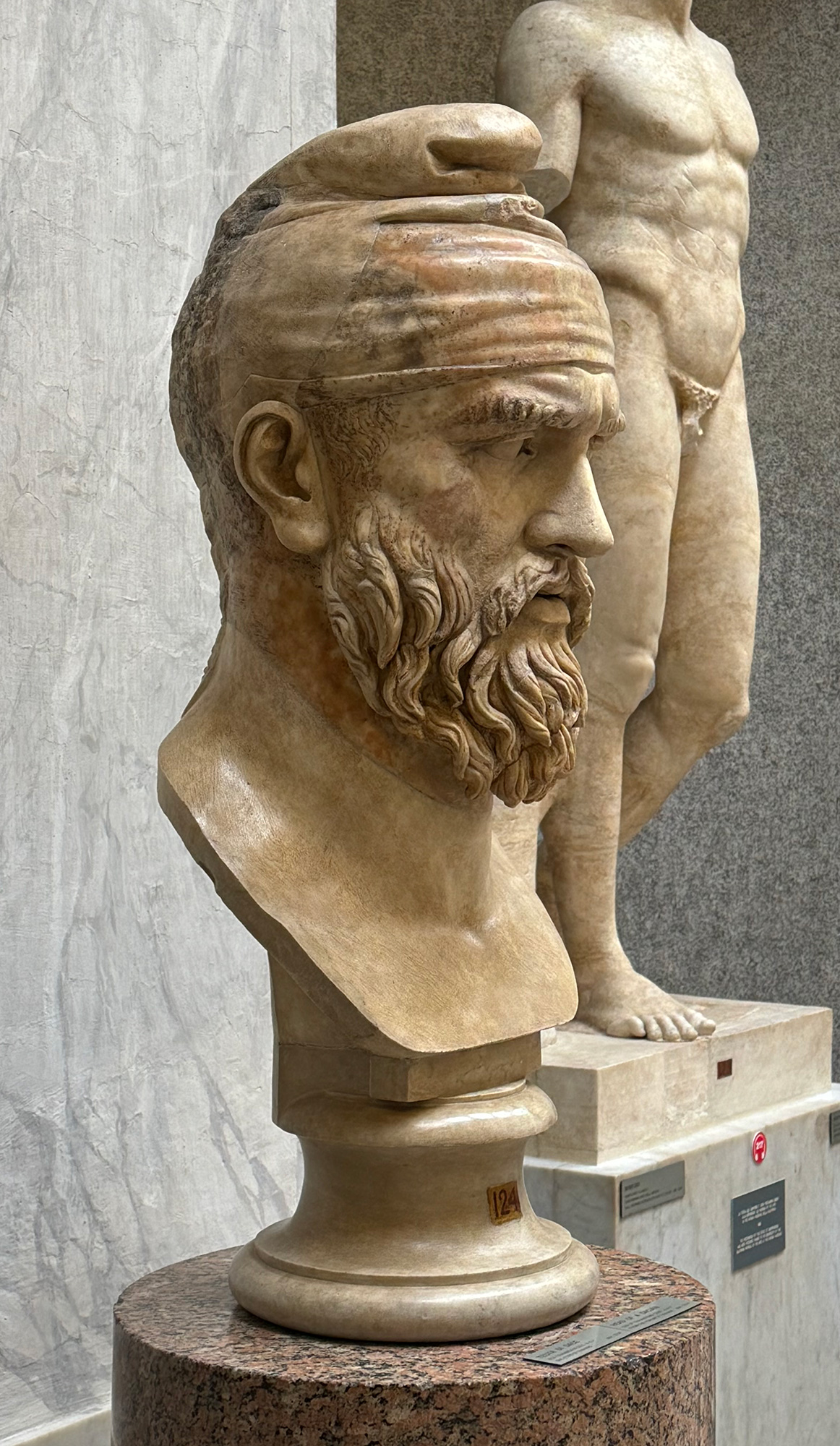
Head of a Dacian
Era of Emperor Trajan (2nd Century AD)
From the Forum of Trajan
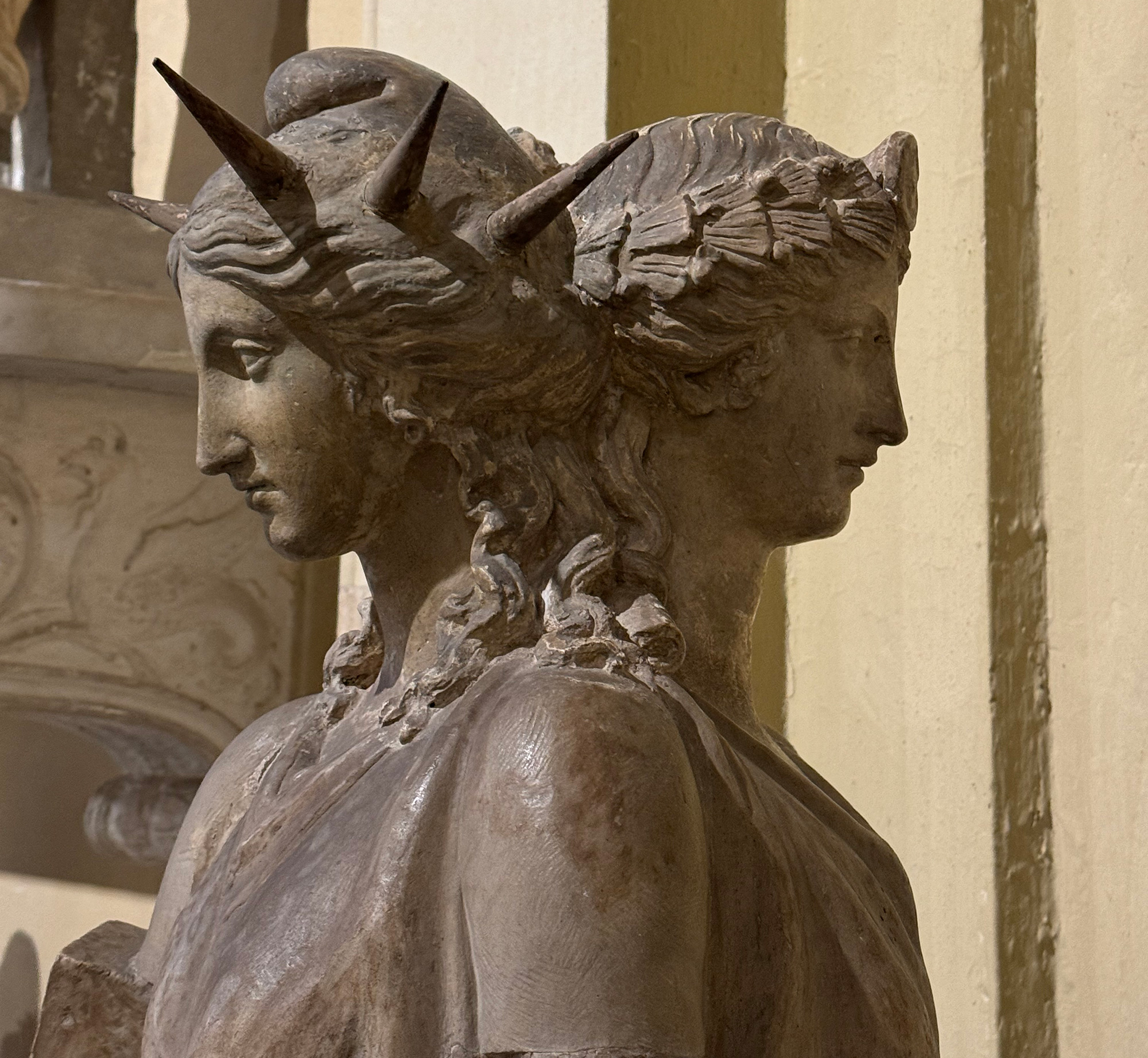
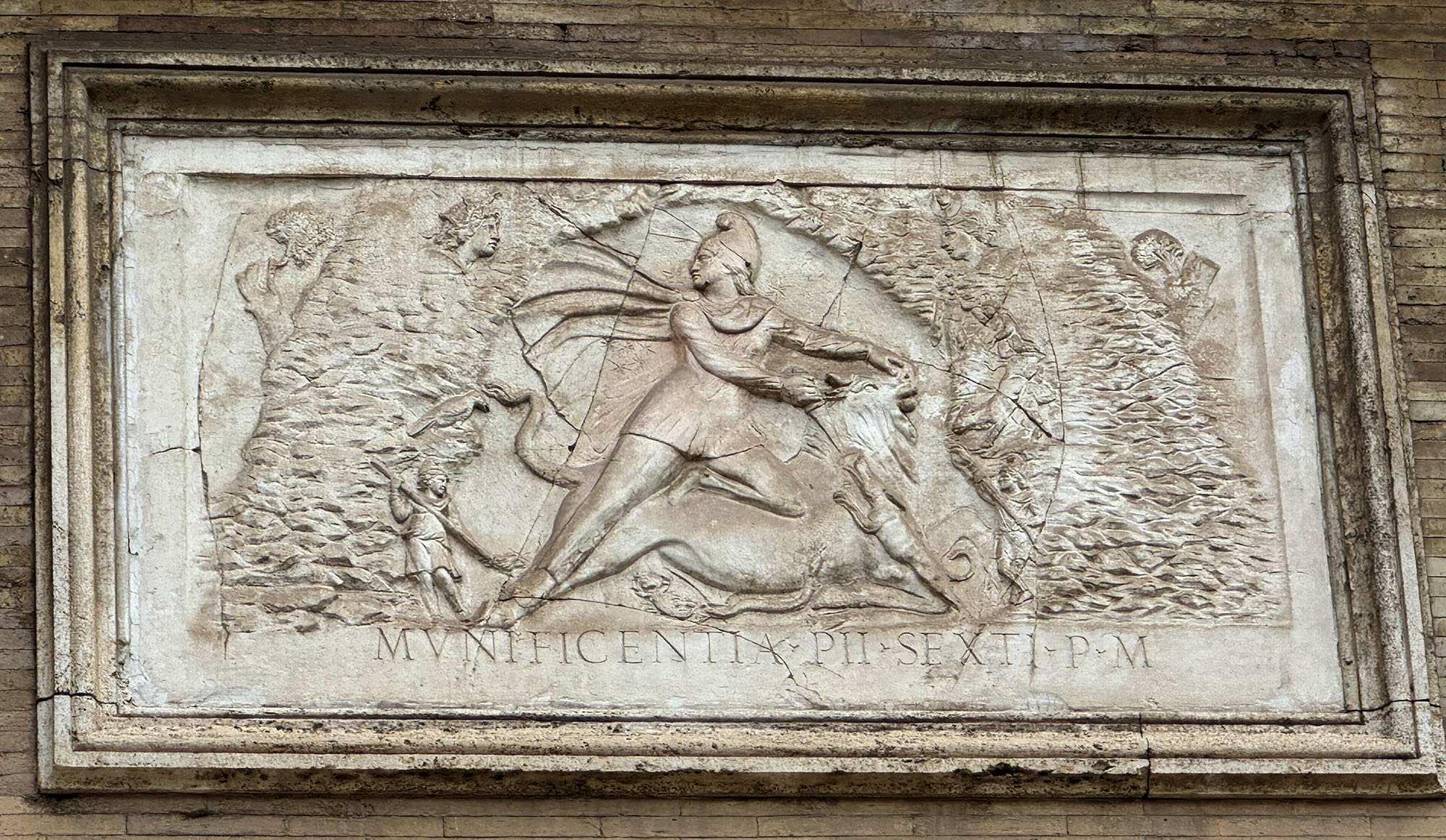
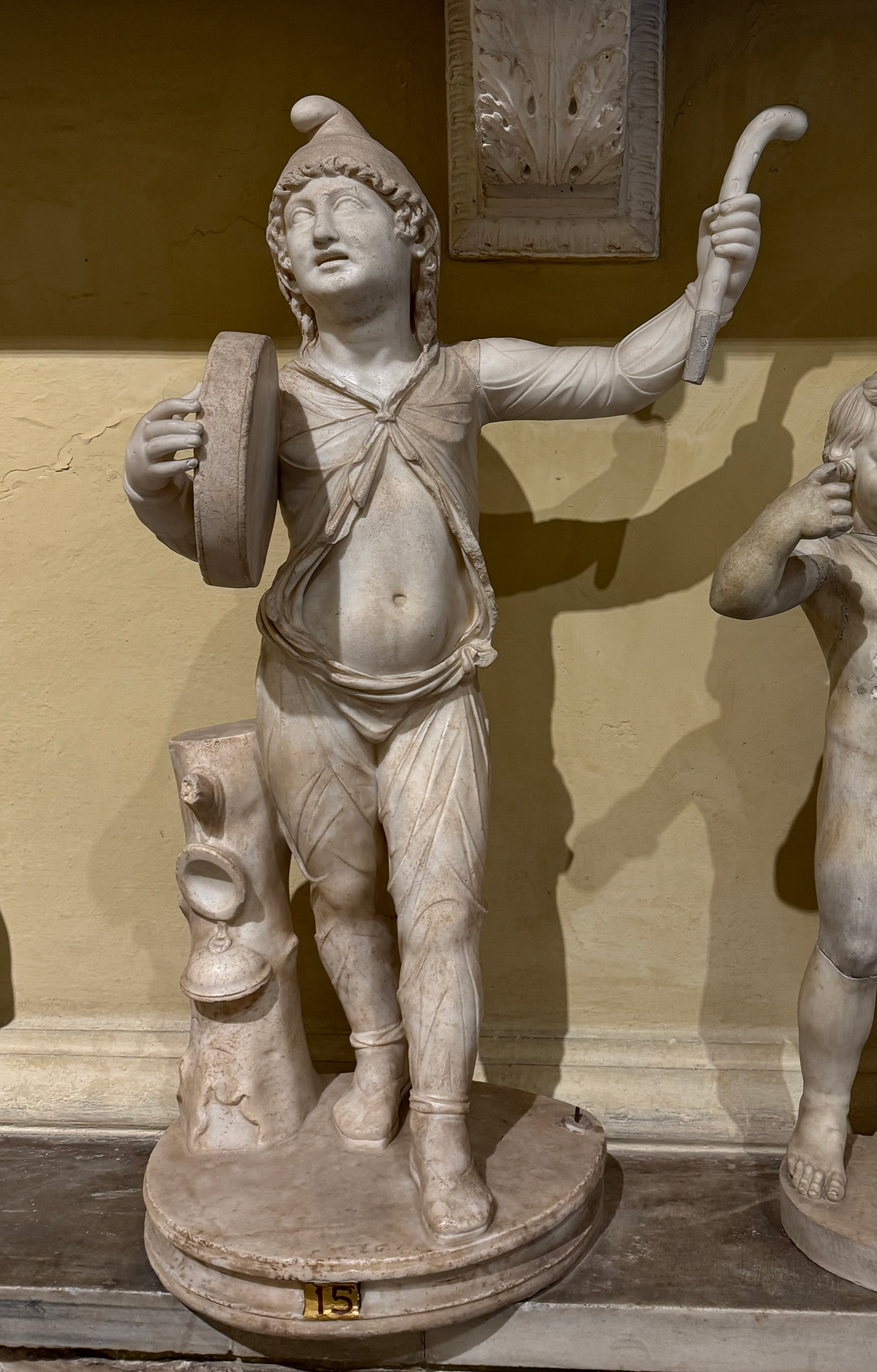
Statuette of Attis
Formerly in Palazzo Altieri, acquired by the Vatican from Pietro Maria Vitali in 1804. The cult of Attis, the mythical shepherd love by Cybele, Great Mother of the Gods, began in Phrygia, modern day Turkey, and was the object of particular worship during the imperial era. The god, in oriental clothing, is shown here in line with a fairly common iconography that represents a moment orgiastic dance in honor of the goddess.
8/2/24 – PARIS OLYMPIC GAMES UPDATE
While on a visit to Versailles, we gave our handmade Phrygian caps to the staff as we were entering the palace grounds. The staff were very appreciative when we explained that this is not just a symbol of the French revolution, but also a symbol of the American revolution. Later after touring the grounds we were getting ready to leave and the staff approached us and asked if we would like to see something special off the tour. Of course we said yes! We were brought beyond the rope line to a room that was the private office of the King Louis XIV where his desk was located, considered the most valuable piece of furniture in the world they said. Benjamin Franklin visited this office a lot to meet with the king of France successfully lobbying for aid to fund the revolution in America. There in the room stands a candle holder that commemorates the support that France gave the American revolution where it shows two Greco Roman soldiers one represents France, the other, the colonies and in it, it shows the French soldier passing the cap of liberty also known as the Phrygian cap, on a stick to the Americans. The same candle stick holder is in the White House. We can’t help but feel honored by our French friends. Yes we are tourists, but we sure as hell travel better with the cap of freedom on our heads. Having one of these caps on your head makes us new friends everywhere we go in France.
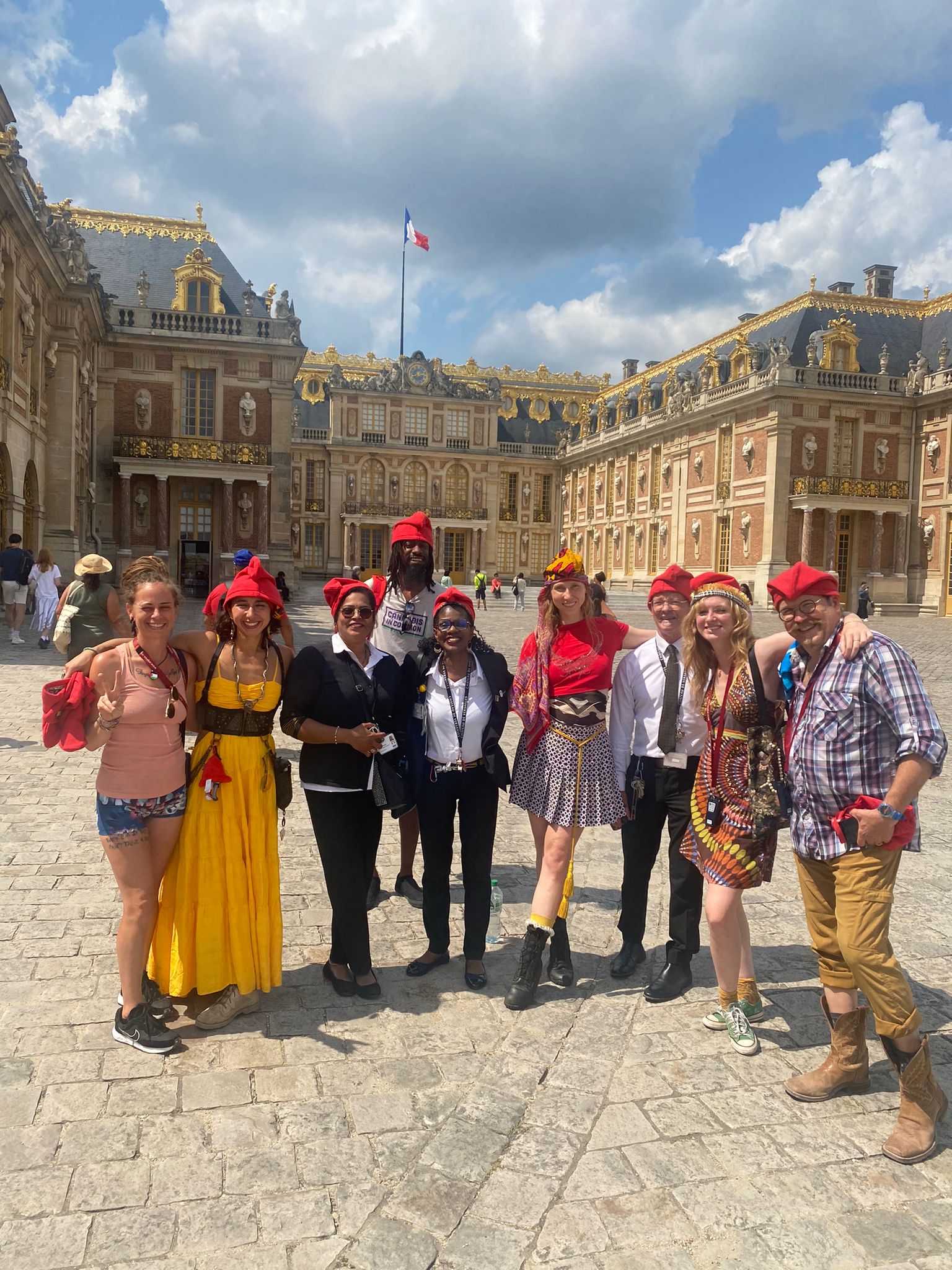
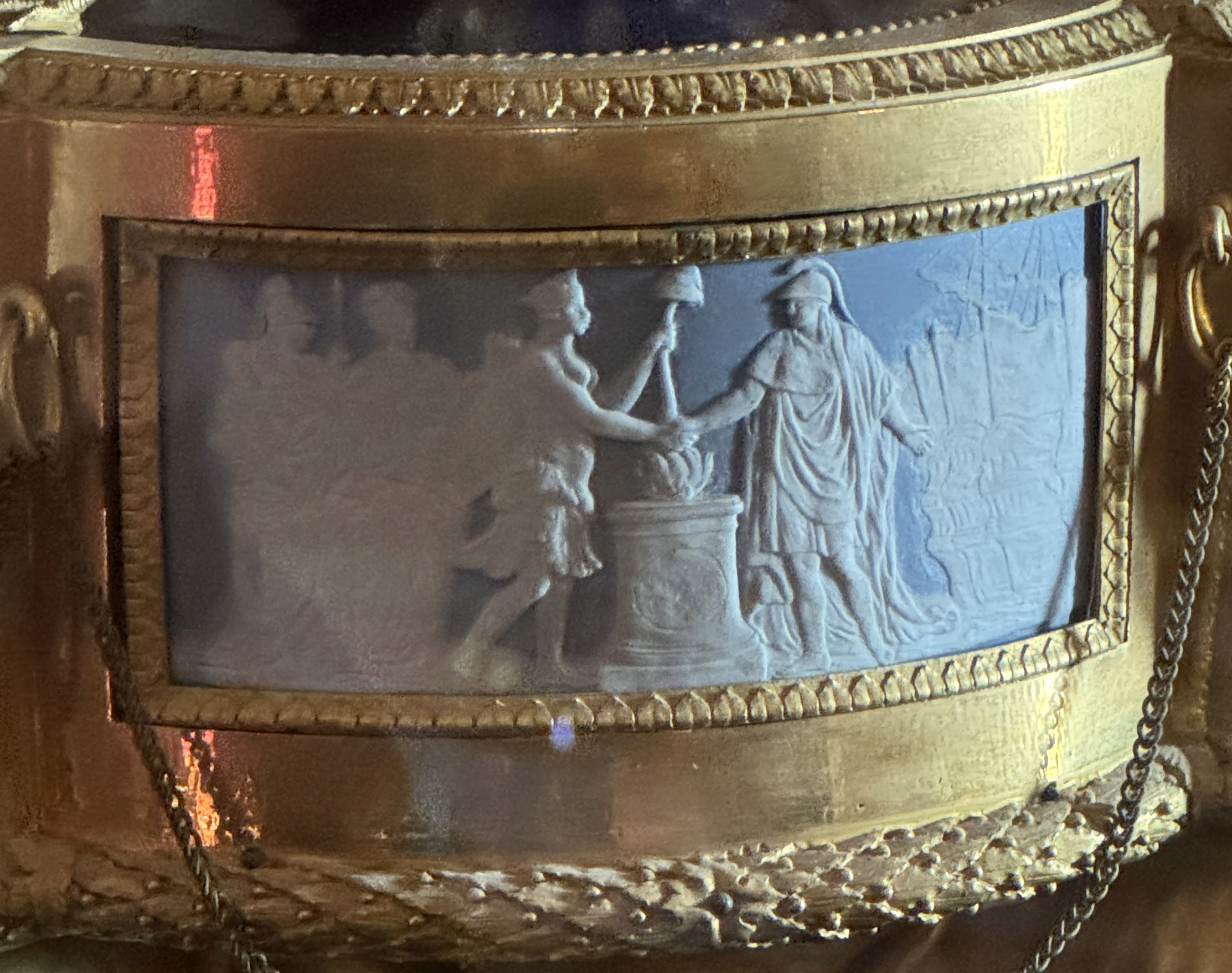
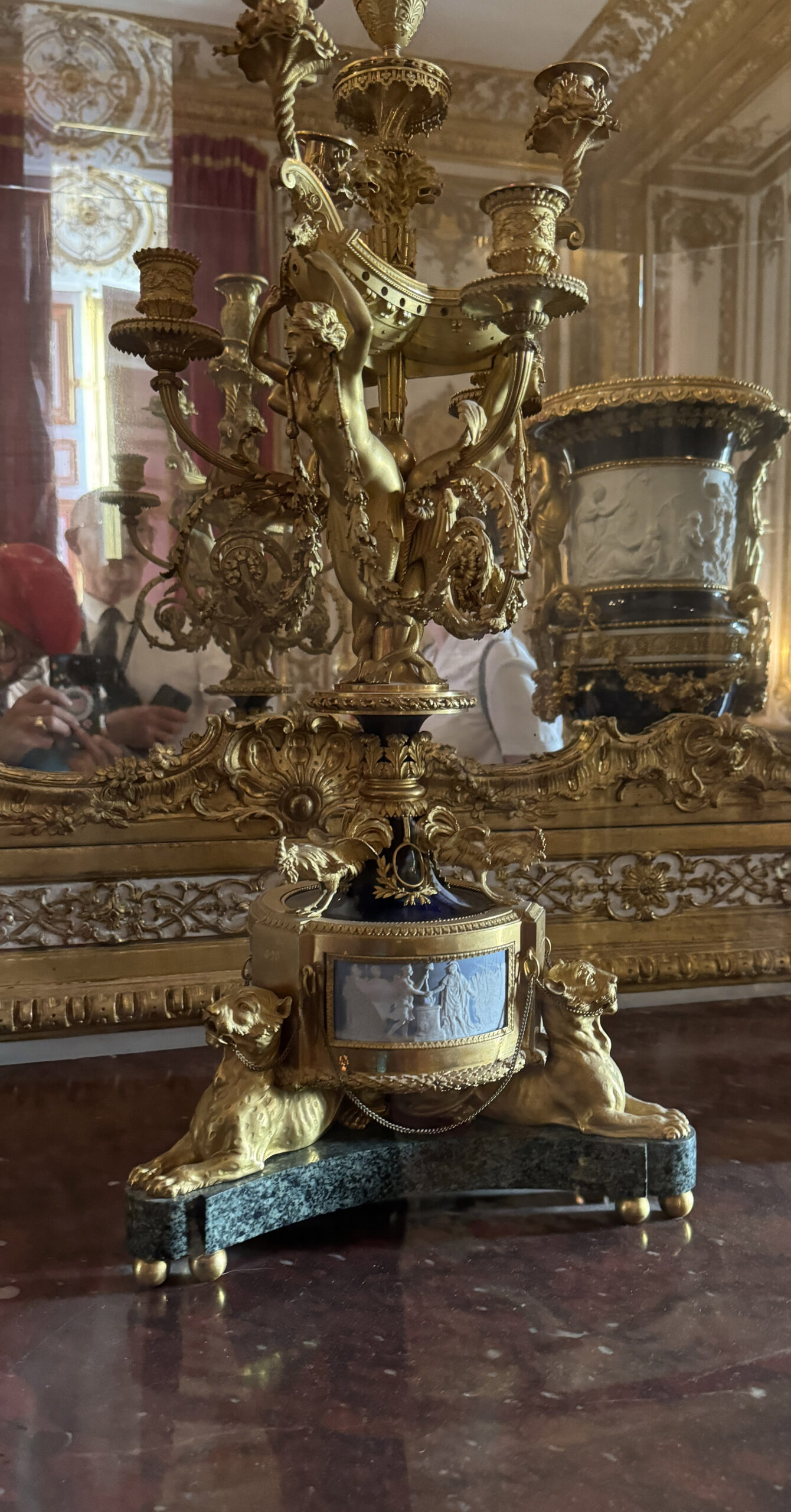
7/28/24 – PARIS OLYMPIC GAMES UPDATE
Since our first day trying to sell or even give away @phrygianworldwide Liberty Caps we made by hand in the USA, the crew has adapted and found remaining unblocked passages to the Olympics that circumvent the authorities who clearly don’t want organic engagement like we want to bring in the streets of Paris. We have found genuine love for Americans. Our idealism is popular with regular Parisians and bringing lots of smiles. Speaking to shop owners we’ve learned tourism is low to normal at best, as if the Olympics might be scaring people away. We are indeed full of Olympics spirit by being here and have found sport, even the discussion of its awesome mascots aside the event in its birthplace is optimistically connective.
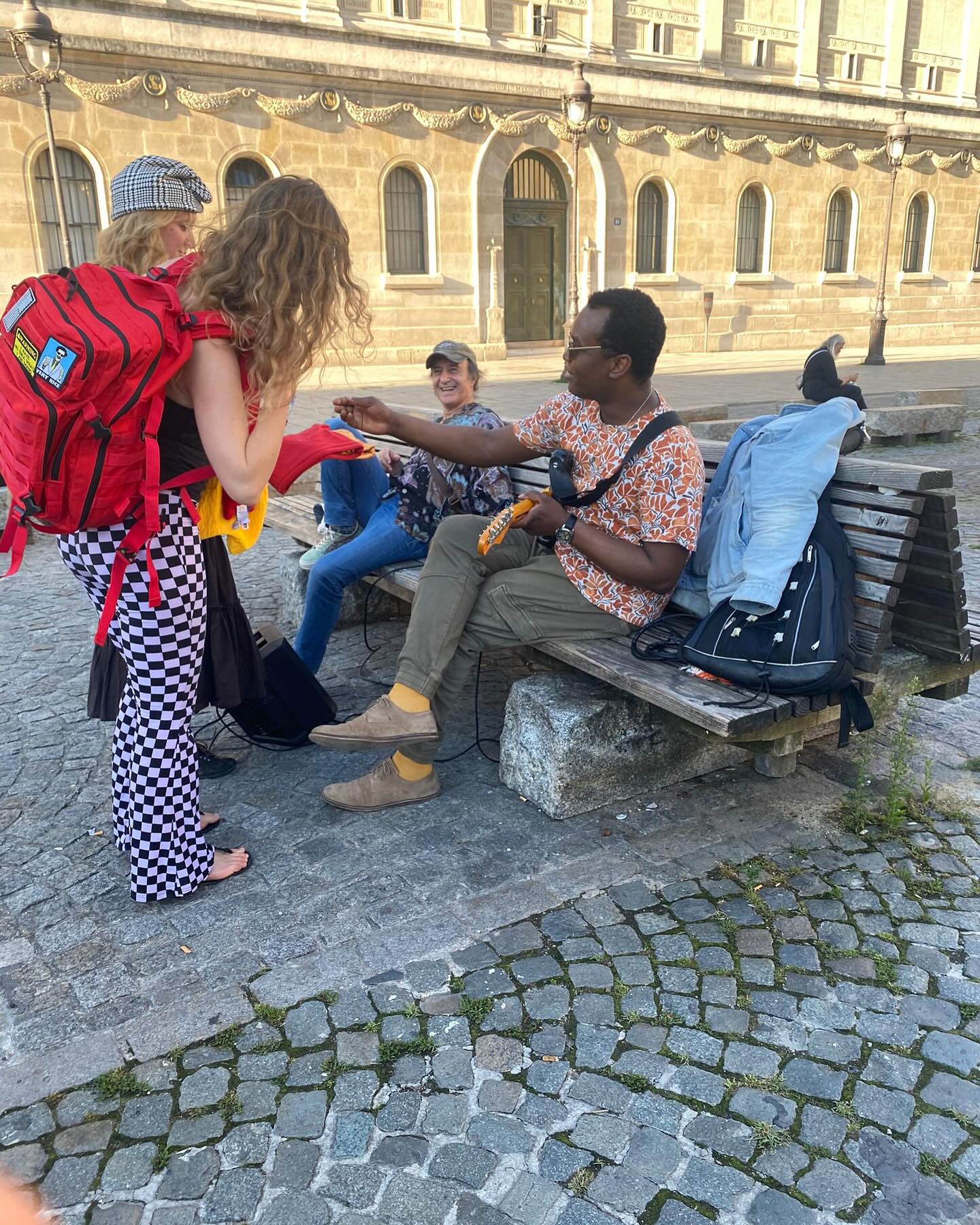
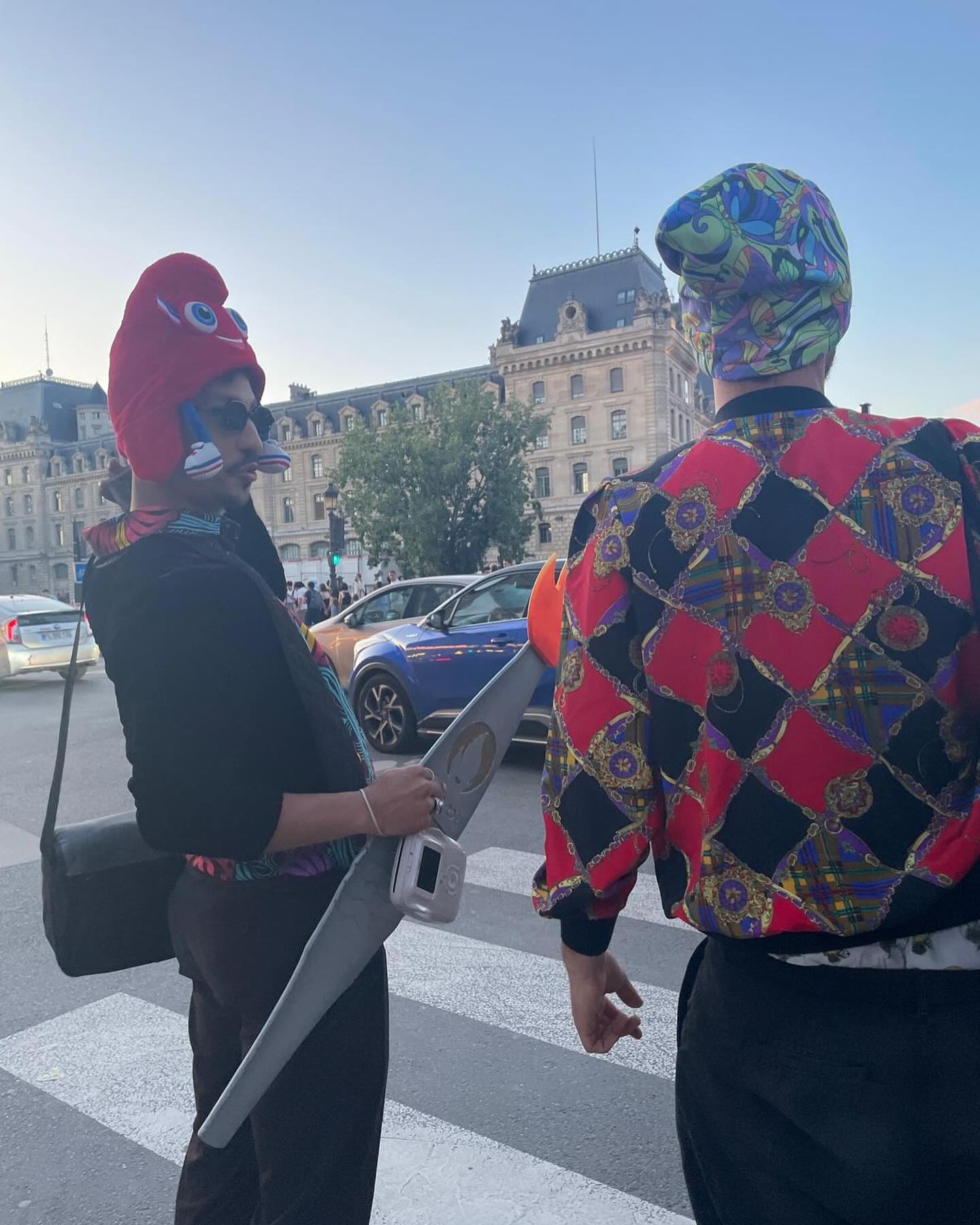


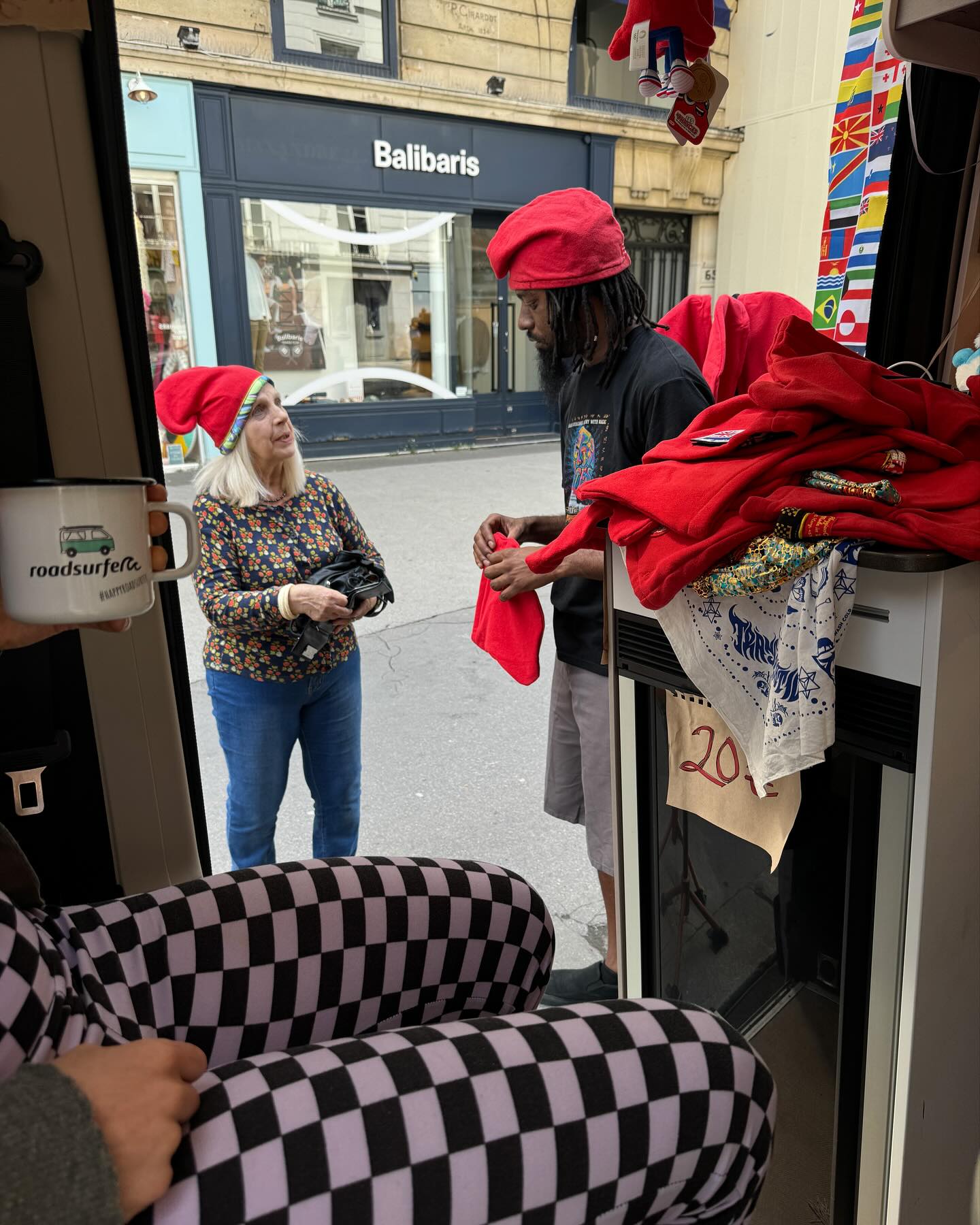


We’re here today because the racially diverse community group DC Marijuana Justice revived the Phrygian cap, also called a Liberty Cap as they battled an abusive right-wing US Congress hell bent on overturning the will of voters in the District of Columbia that had approved, by a margin of 70%, to legalize cannabis the prior year.
To preempt Congressional meddling in DC’s affairs, dozens of Phrygian cap wearing activists erected a 51 foot, 333 pound wooden “Liberty Pole,” on the lawn of the U.S. Capitol at 4:20 am on April 15, 2015 and locked themselves to it using steel pipes to prevent easy removal. When US Capitol Police arrived two hours later it was eventually determined after a tense standoff that the “Democracy Vigil” was in fact legal.
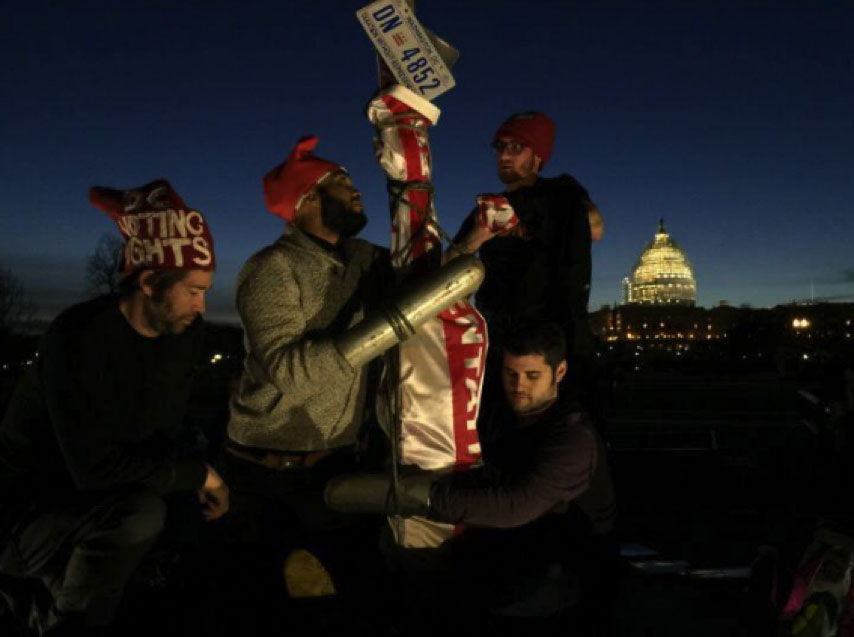
A history lesson ensued given to curious members of law enforcement requiring them to get familiar with the US Army and US Senate seals because both prominently feature a red Phrygian cap.
For the next week, 24 hours a day, members of Congress visited as the wider community rallied around the Phrygian cap topped Liberty Pole while volunteers sewed hundreds of caps on the site to pass the time.
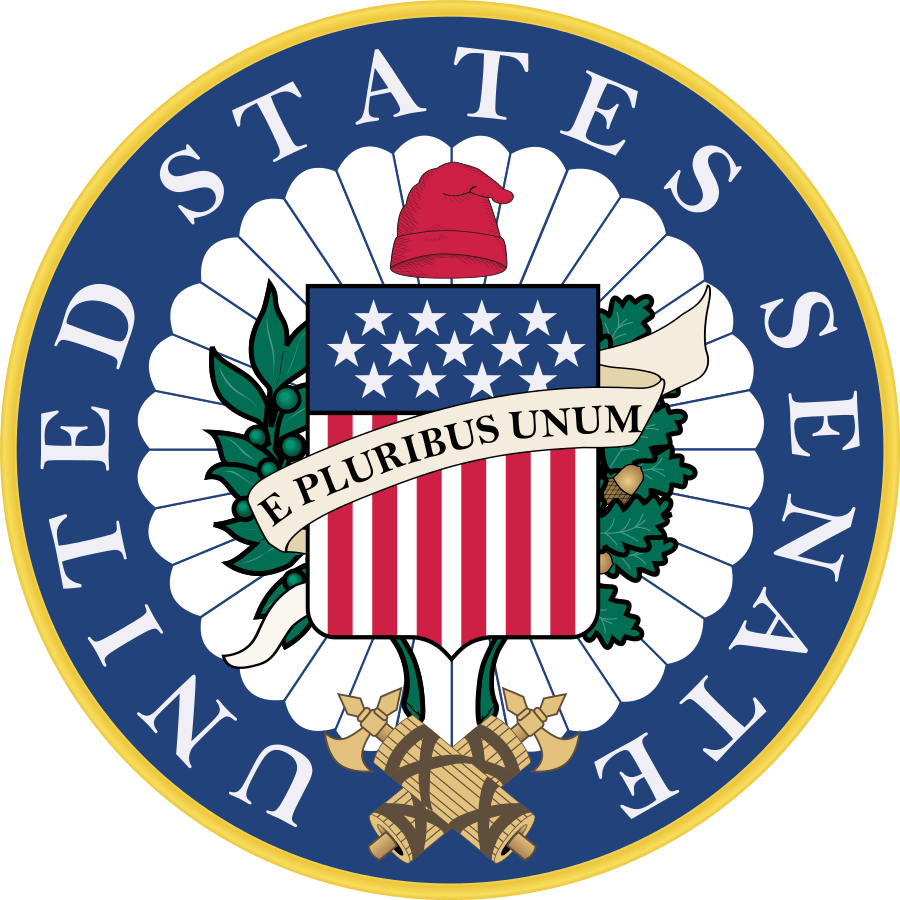
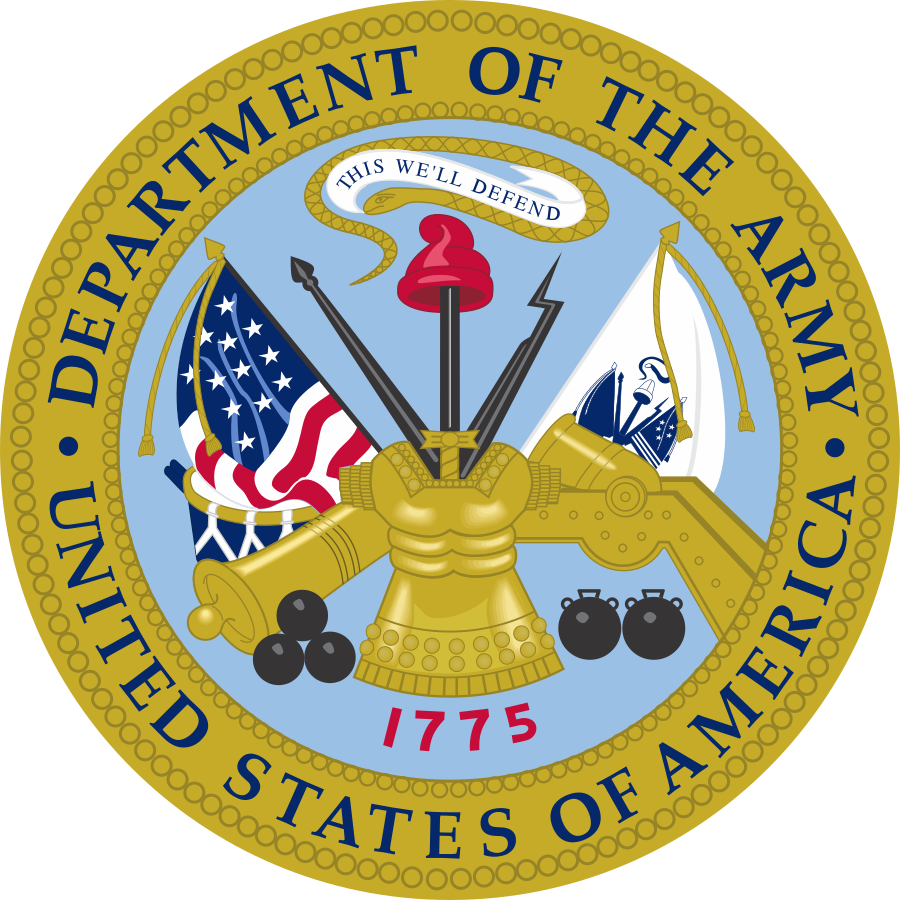
Today, thousands of individualized Phrygian caps have been made by hand in multiple US regions by those directly affected in any way by the government’s war on drugs. As most states have reformed punitive cannabis laws and recently a handful of places have decriminalized psilocybin, mescaline, Ayahuasca and Iboga, the people who used these natural substances are no longer to be treated as criminals or convicts and are now living with new freedoms symbolized by the Phrygian cap.


As in the ancient world, the Phrygian cap today represents freedom from the slavery of unjust imprisonment. By wearing it you help raise awareness of its meaning now and for thousands of years.
The Phrygian cap is making its American comeback after 100 hundred years of lost awareness due to a period of suppression by white supremacists and the KKK in the early 20th century. From the period of the American Revolution the Phrygian cap was ubiquitous, but by the 1920’s US high school history books no longer told the story of how liberty poles were used to organize volunteers for the revolution.
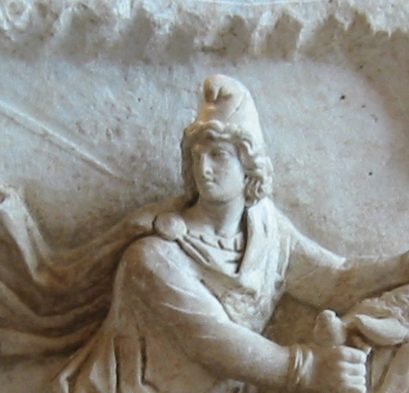
Reaching back thousands of years, the cap was worn by the pre-Judeo-Christian Zoroastrian God Mithra or Mithras who was revered as a defender of justice, truth, and all things good. Martin Luther King, Jr. wrote a paper in 1949 about Mithraism which saw the faith generally practiced by Roman slaves to be the foundational values of Christianity.
He wrote, “The doctrine of the immortality of the soul was another view which was very prominent in Mithraism. Mithraism insisted that the soul was immortal and its temporary sojourn in a body was a period of trial. The worshiper’s action determined the posthumous fate of his soul. Of course, he was not alone in his attempt to attain purity and truth; Mithra stood by his side as a divine helper.”
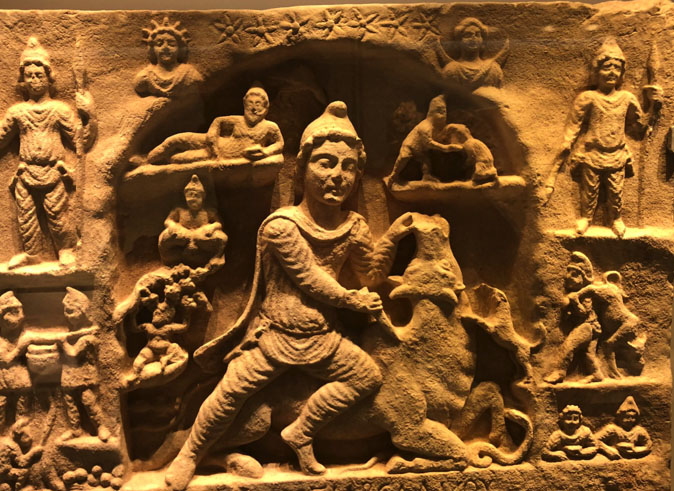
While the not wearing a Phrygian Cap, the Statue of Liberty, designed by French sculptor Frederic Bartholdi, is most likely based off Mithras as portrayed as the Sun on ancient stone carvings known as a tauroctony. The Mithras birthday of December 25th is also the start of longer days after the winter solstice. This literal representation of the renewal of life giving Sun, features seven sun rays emanating from Mithras’ head, exactly the number of sun rays on the Statue of Liberty.
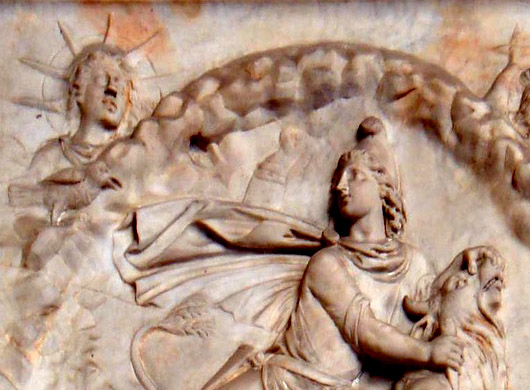
This is no coincidence and since Mithras, which is also fungi, is neither male to female, one could assume the Statue of Liberty is intentionally designed to keep you guessing the gender of “Lady Liberty,” which to many looks like a man.
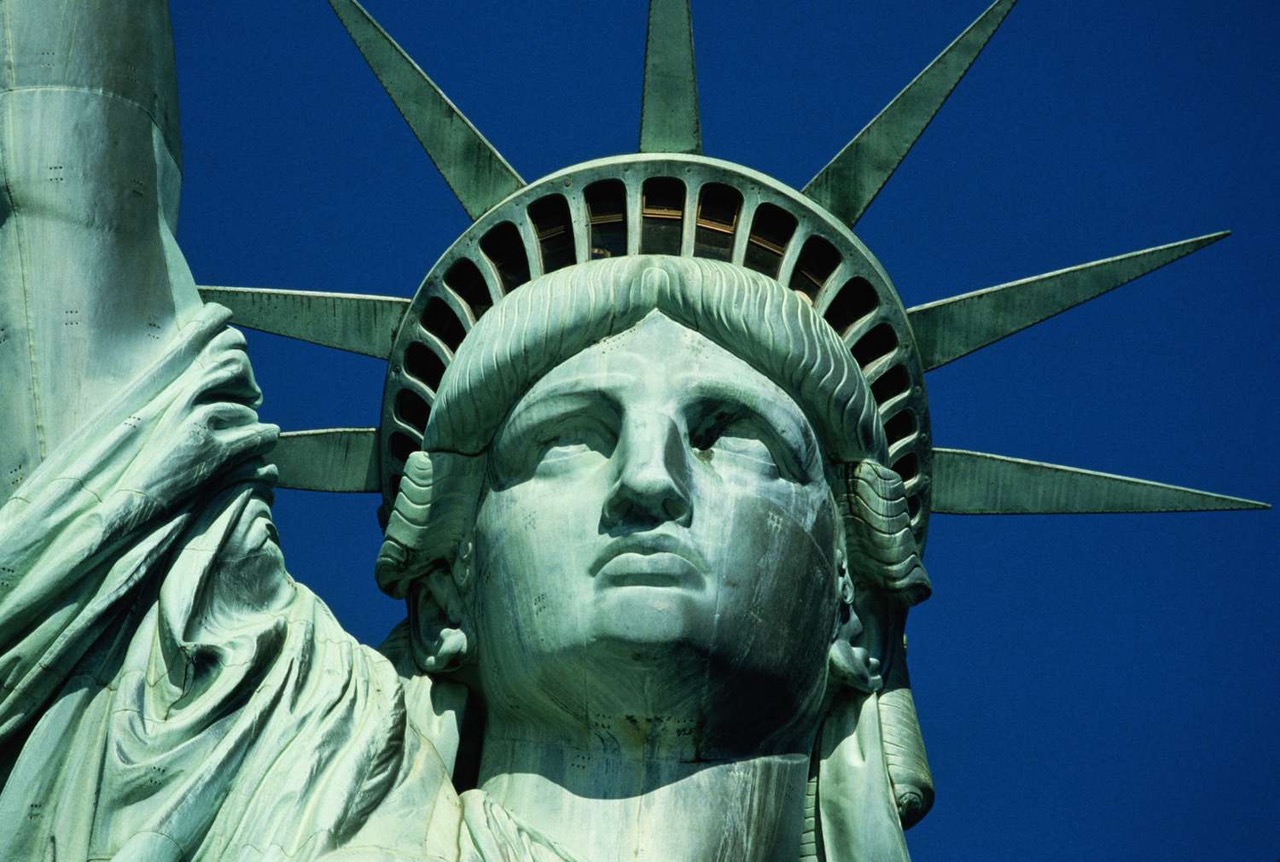
Mithraic traditions all the way up to the Roman period included the consumption of drink called Soma which is believed to contain multiple psychoactive substances including fly agaric, Amanita muscaria; Psilocybin mushrooms, Psilocybe cubensis; wild or Syrian rue, Peganum harmala; and ma huang, Ephedra sinica.
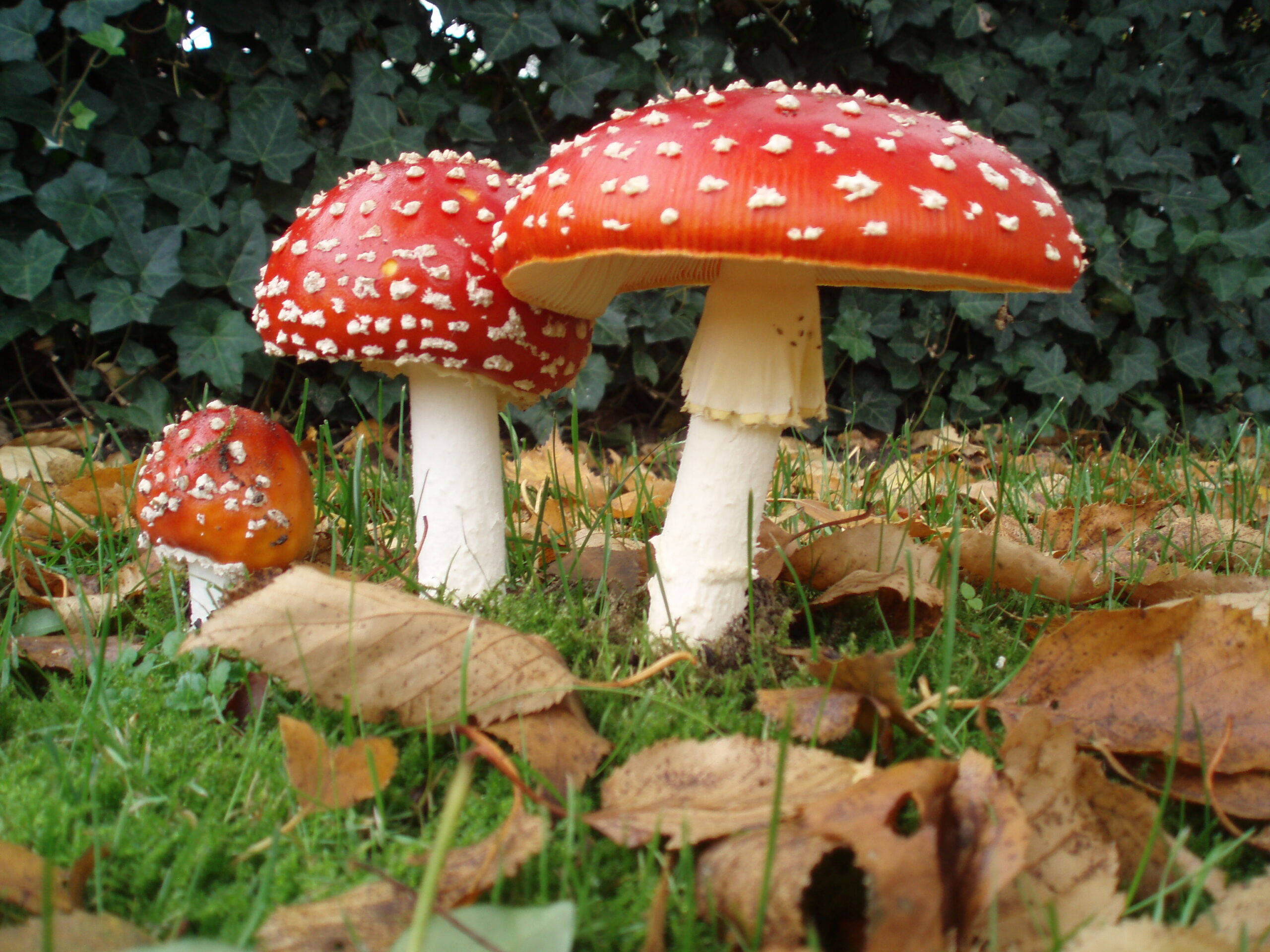
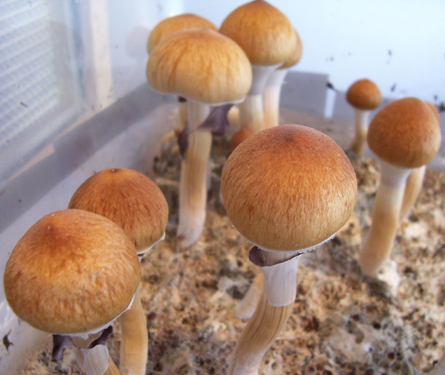
The Phrygian cap, a symbol associated with the French Revolution and its ideals, was adopted by some of these newly independent nations as a representation of their struggle for freedom.
Liberty Leading the People by Eugène Delacroix, which commemorates the July Revolution of 1830, which toppled King Charles X.
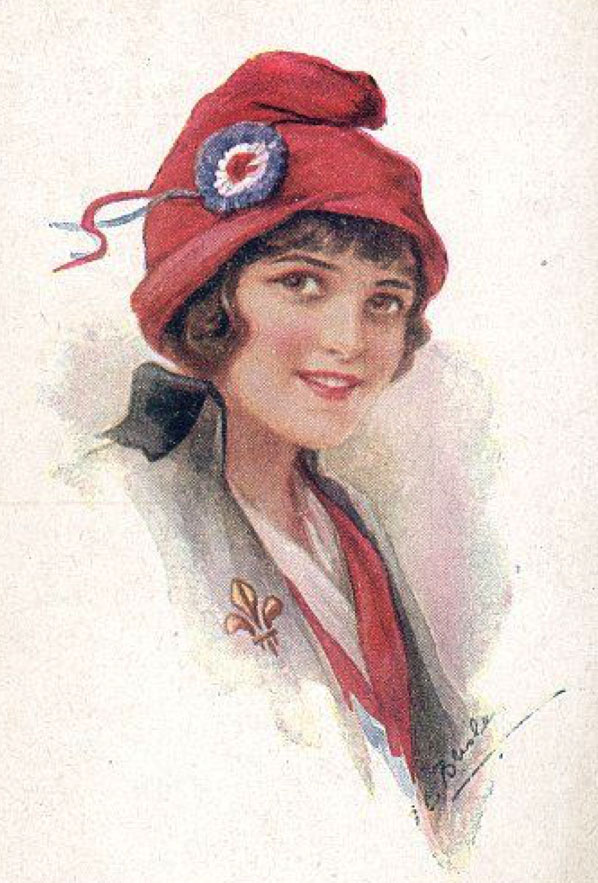
For example, the Phrygian cap can be seen on the coat of arms of Argentina, Bolivia, Colombia, Cuba, and Haiti.
It is also present on the national flag of Haiti.
These countries, among others, incorporated the Phrygian cap as a symbol of their aspirations for liberty, equality, and independence.
Across the United States, the Phrygian cap can be seen numerous state flags including Idaho, New York, New Jersey, and West Virginia.
It is important to note that while the Phrygian cap has been adopted as a symbol by these countries, its specific interpretations and meanings may vary. The cap may represent different aspects of their respective histories and struggles for independence.
Mystery still surrounds the Phrygian cap symbolizing a specific mushroom but it likely represents all psychedelic mushrooms in the region that adopted it. In the United States the Liberty cap shares the name with the liberty cap mushroom psilocybe semilanceata for unknown reasons. But in the book Mushrooms, Myth and Mithras: The Drug Cult That Civilized Europe, co-authors Ruck, Hoffman and Celdran write, “The Amanita muscaria mushroom is characterized by its red top, speckled with white, upon a white leg or strip.
Thus Mithras and the bull present this distinctive combination, for it is characteristic of the hero myth that the hero-shaman acquires attributes of the god and the sacramental entheogen that unites the three of them together. That is to say that all three – shaman, entheogen, and deity – are one divine-botanitcal identity, which is also the essential ritual purpose of the sacramental communion meal….”
As you can see, the Phrygian Cap is a timeless article of clothing that represents thousands of years of human progress. Purchase one today and wear it with pride!
Get In Touch!
We’d love to hear from you!
Call Us
(202) 744-2671
Email Us
Questions@PhrygianCap.org
